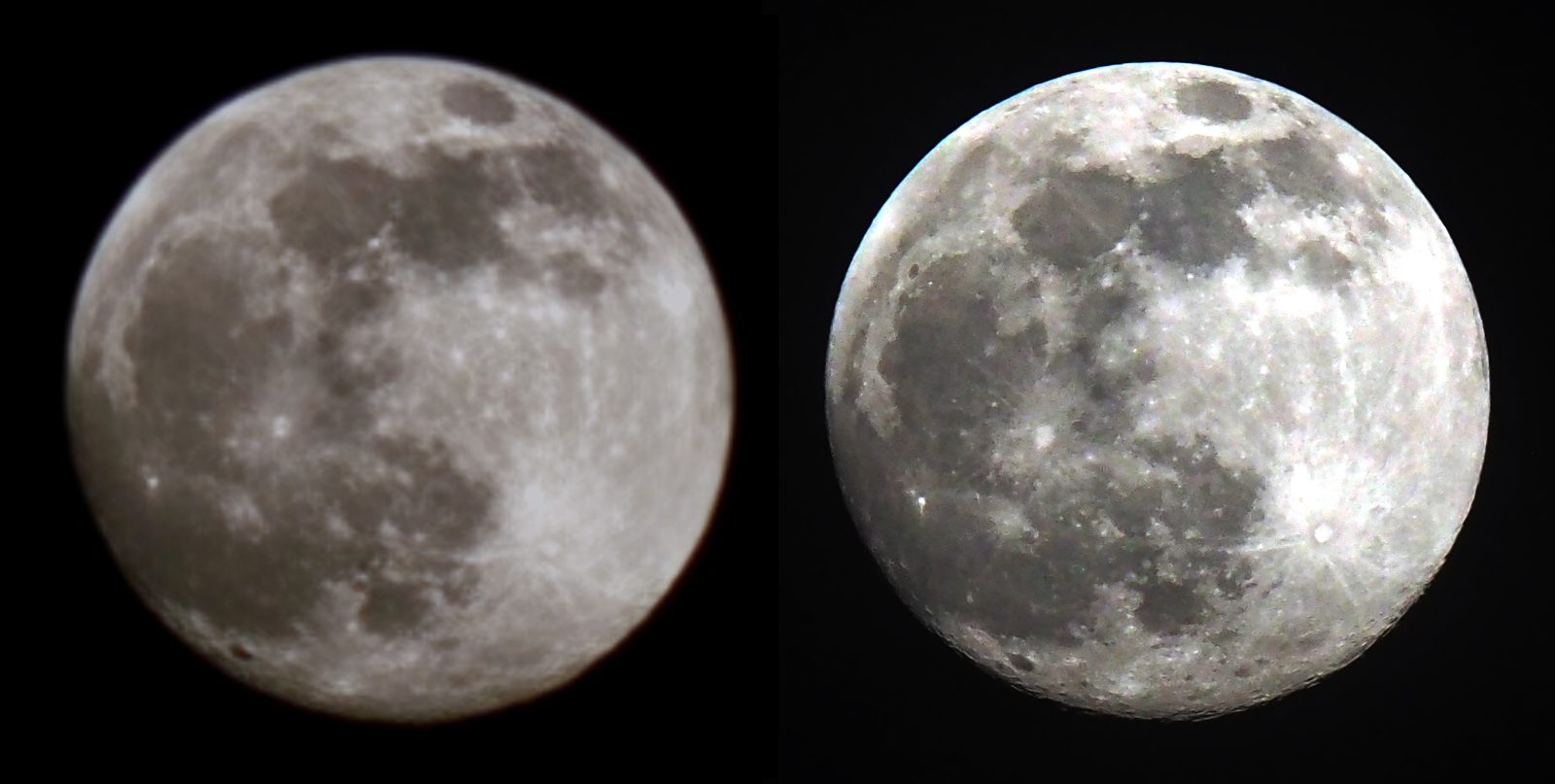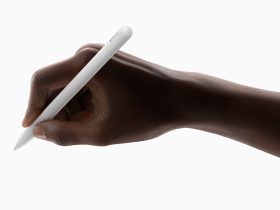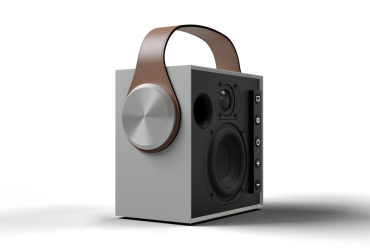The Samsung Galaxy S23 series is an evolutionary smartphone carrying forward some of the S21 and S22 series DNA to impressive new levels. I spent weeks testing one, most notably, focusing on taking photos and videos in all types of conditions.
After more than 50 GB of photography and video shooting night and day under conditions as cold as -15°C and eight hours continuous overnight star trail video sessions, I am sharing my portfolio and thoughts on this fine smartphone. I also take a deep dive into Samsung’s controversial Space Zoom fake moon photography accusations at the end of this feature.
Pros
- Best high-res daytime photography, second to only full frame professional cameras
- Unequaled astrophotography, night street photography
- Space Zoom on everyday subjects
- Up to 8K flawless video and improved night video capture
Con
- Consistently overexposes ordinary scenes with a cooler skin tone and some loss of white detail
- Does poorly in 200MP mode after sunset
- Occasionally varies colour balance in daytime photography more often than competitors
My S23 Ultra Hands-On Photo Portfolio
If a picture is worth a thousand words, feast yourself on this collection of my favourite “snaps” with the Samsung Galaxy S23 Ultra.
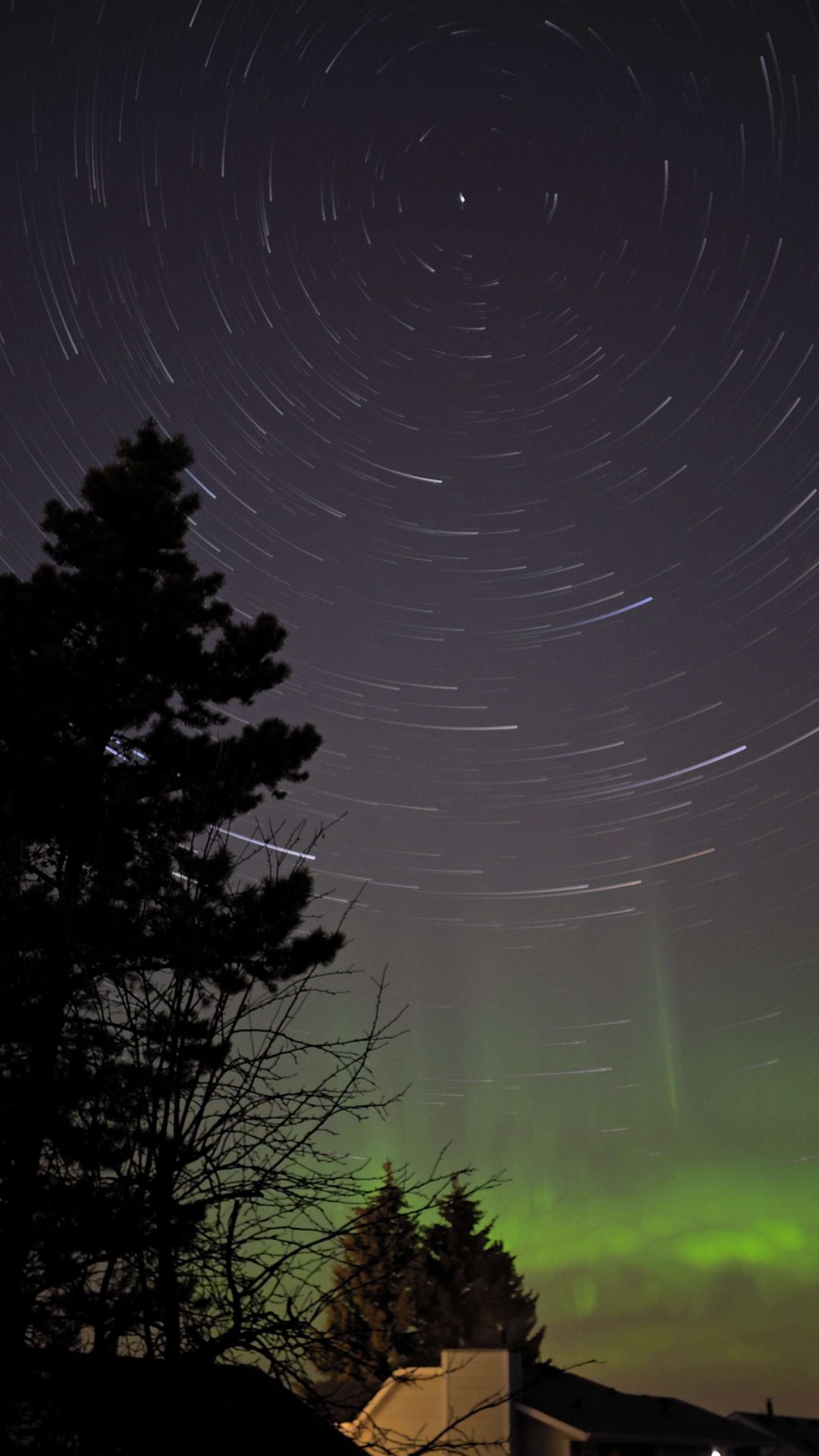
Hyperlapse is fine-tuned for long nights of star trail photography. A setting of 300X setting in Hyperlapse mode on a tripod effectively speeds up videos of slow moving stars 300 times converting an overnight 8-hour video to a 1.6 minute video.
I was able to capture streaking comets, streaking (and non-streaking) stars, clouds, airliners and the Aurora Borealis from dusk to dawn with impressive results. Here is a compilation of six straight nights shooting from my back yard.
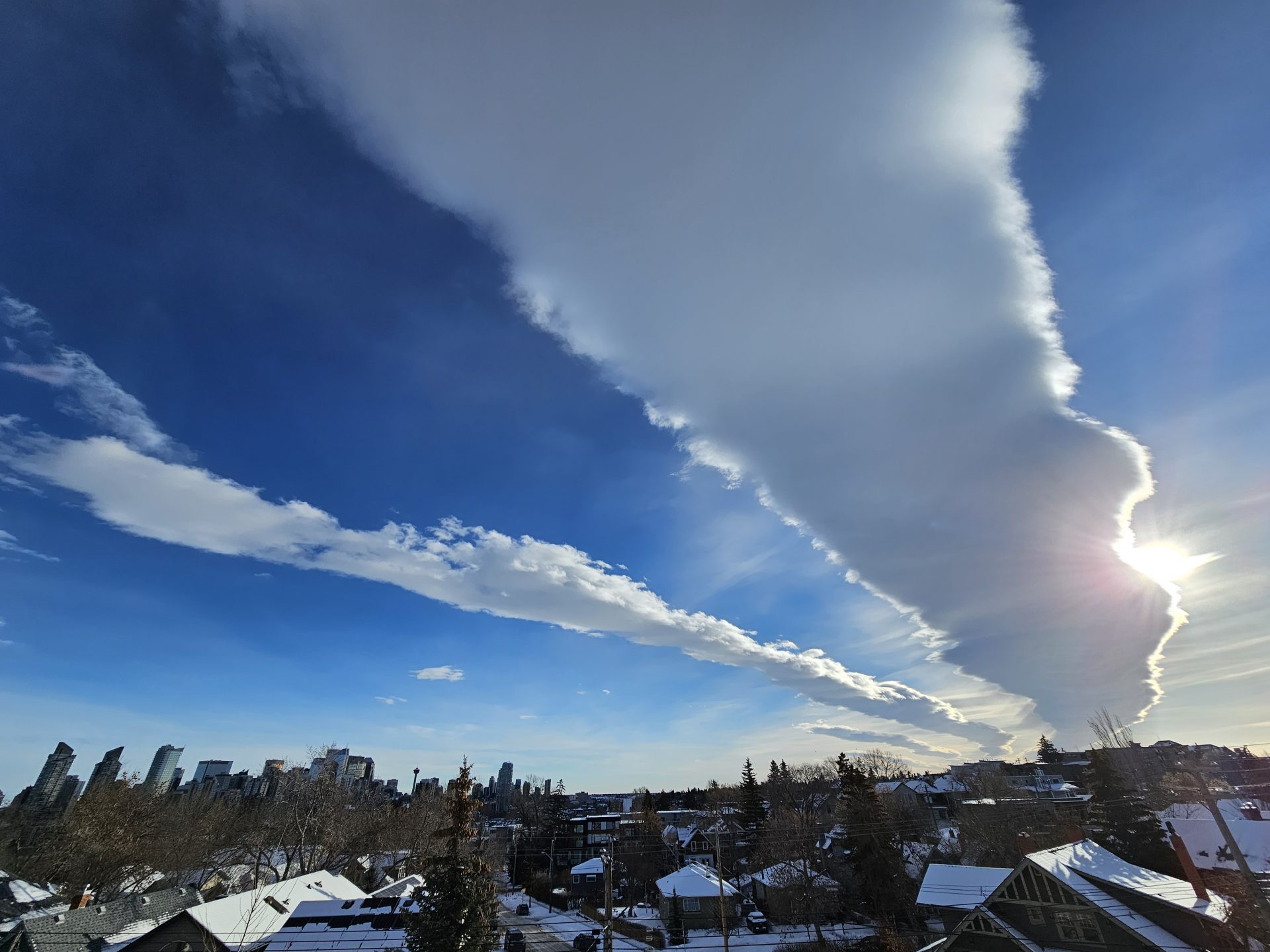
The S23 Ultra 13mm equivalent panoramic lens has you covered no matter how large the event.
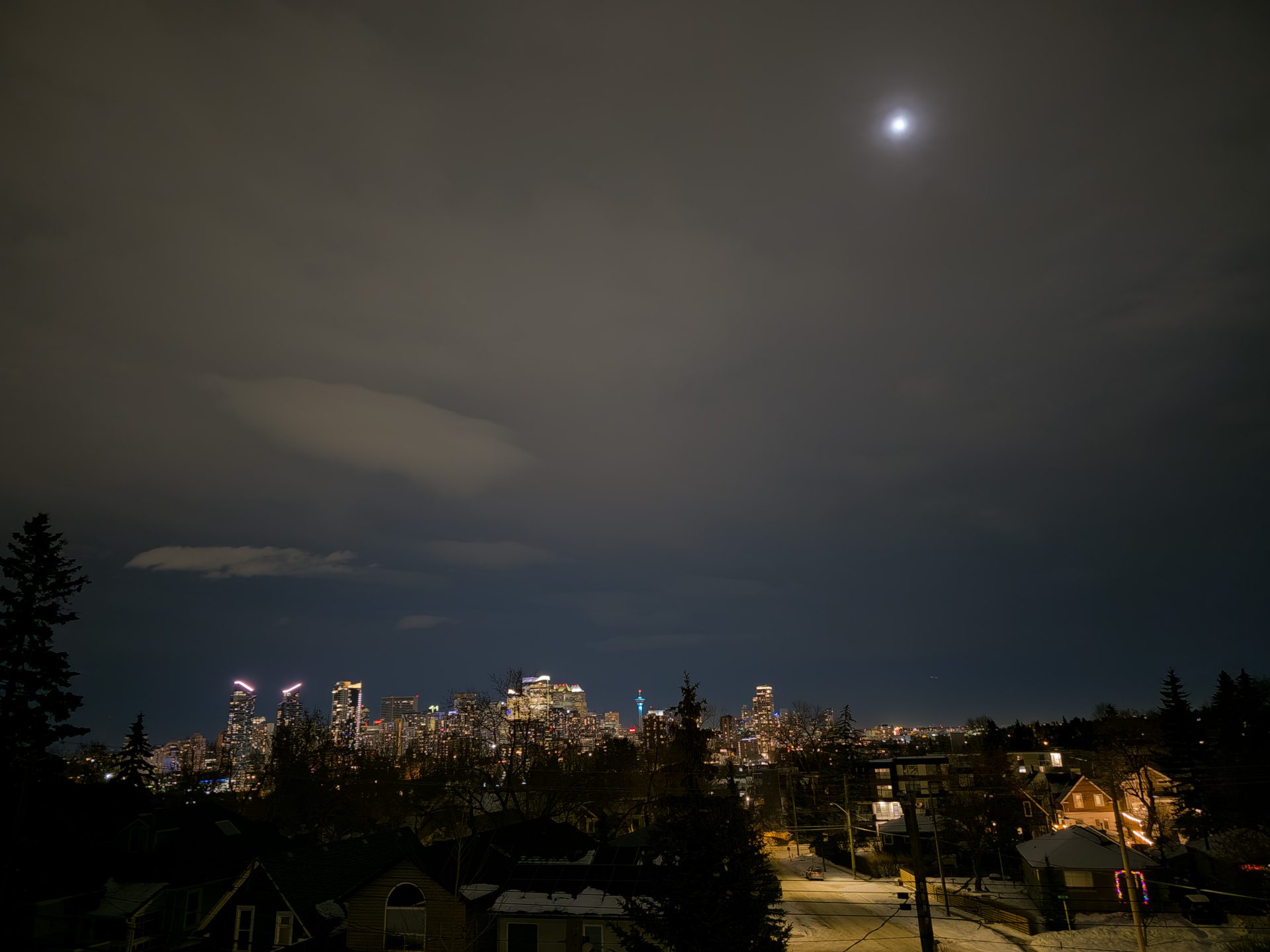
A perfect balance of the Calgary city midnight skyline under a full moon with Samsung’s downloadable Expert Raw app.
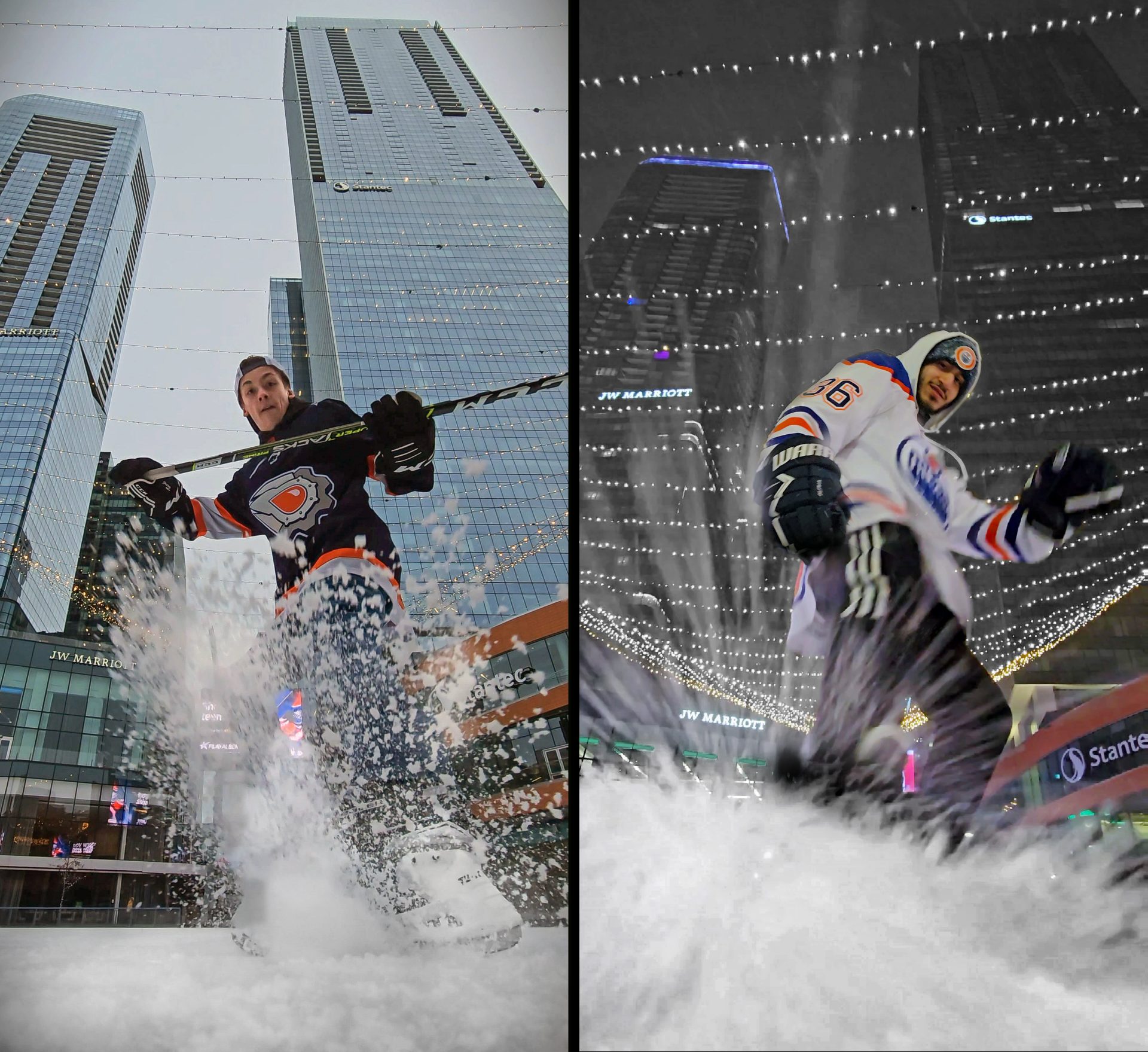
Using the Ultrawide lens, I captured the Edmonton Ice District by day with Jesse and by night with Ozzy – dry or slush. The frame caps from 60 fps clear 4K Video highlight the S23’s Ultra impressive performance, even in a poorly lit outdoor skating rink.
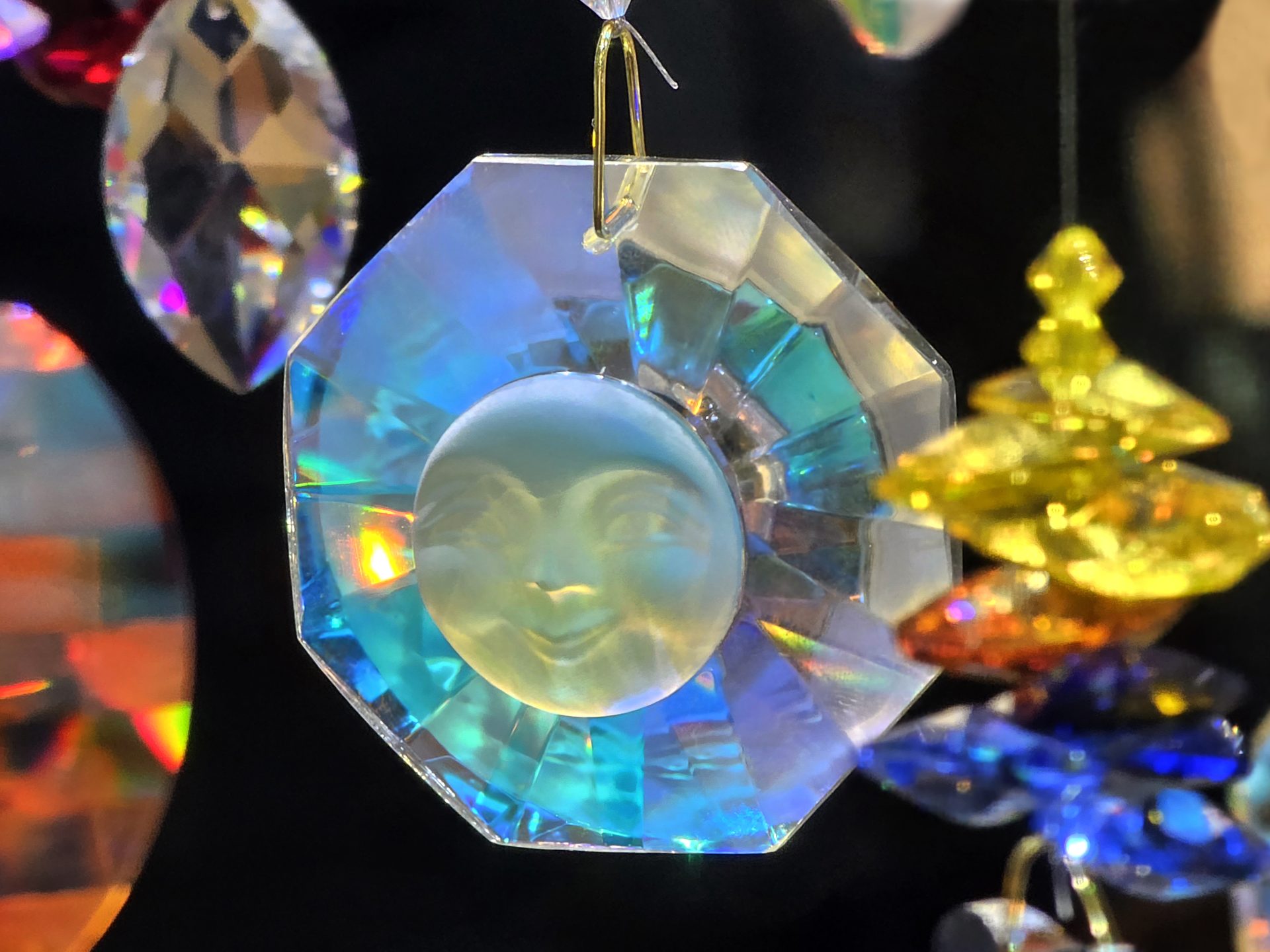
10X optical zoom selective focus isolates one glass piece apart from others taken in a store display. Note the detail by pinching the photo out.
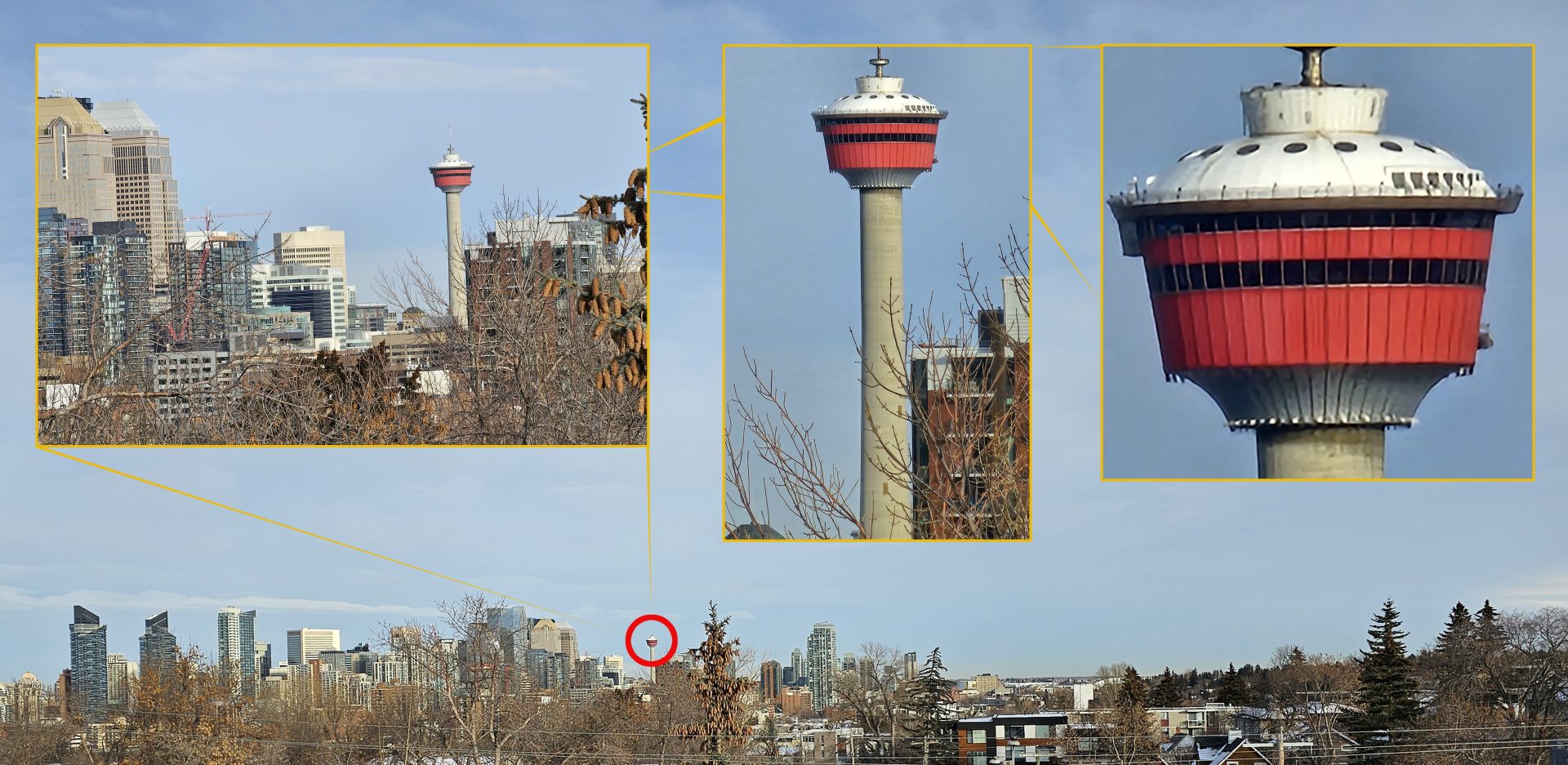
From Ultrawide 13mm equiv. Calgary skyline view, a circled Husky Tower is zoomed to 230mm equivalent using Space Zoom 100X with Scene Optimizer left on for more detail on the tower closeup.
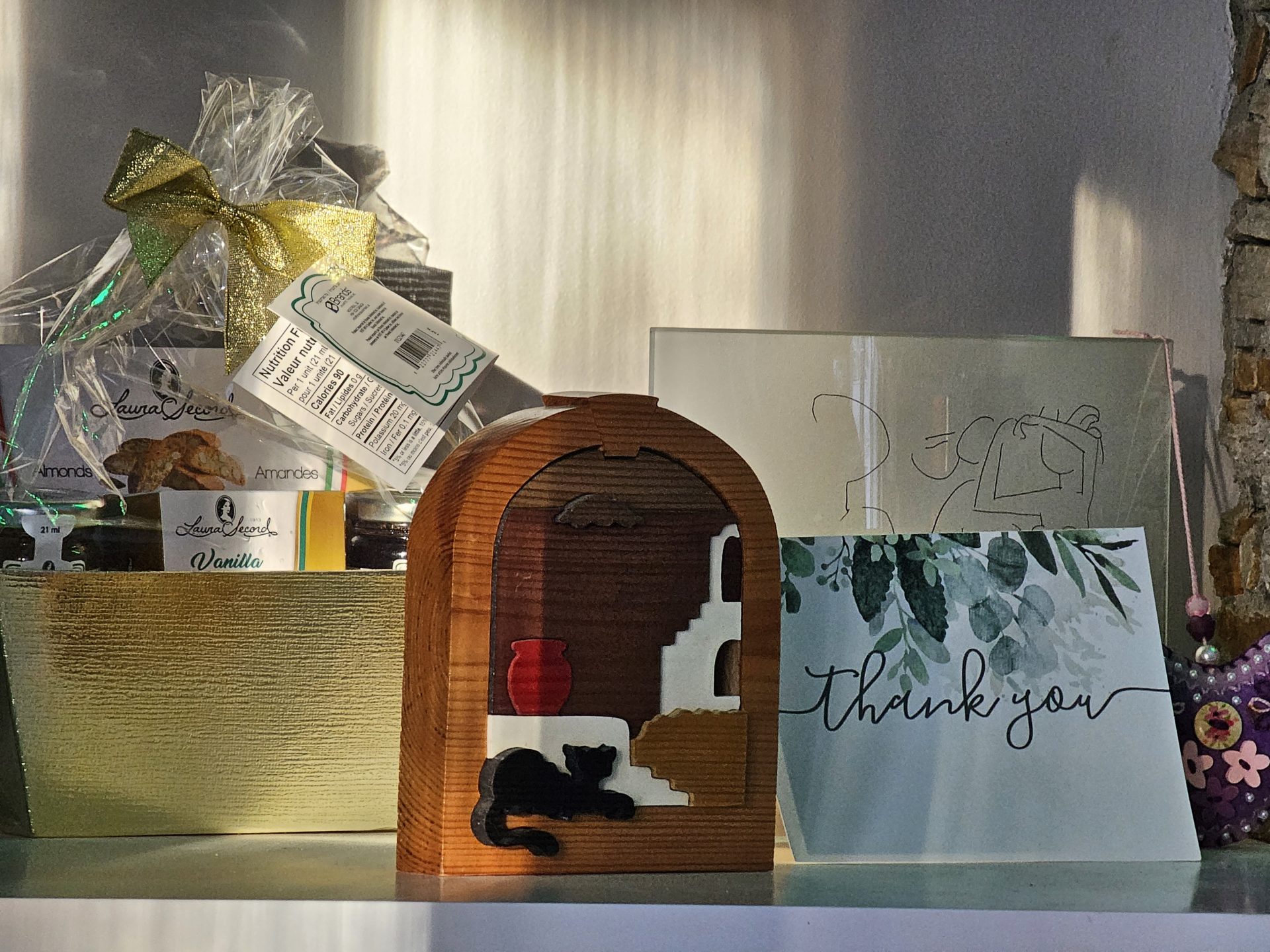
10X optical captures the festive details of a fireplace mantle.
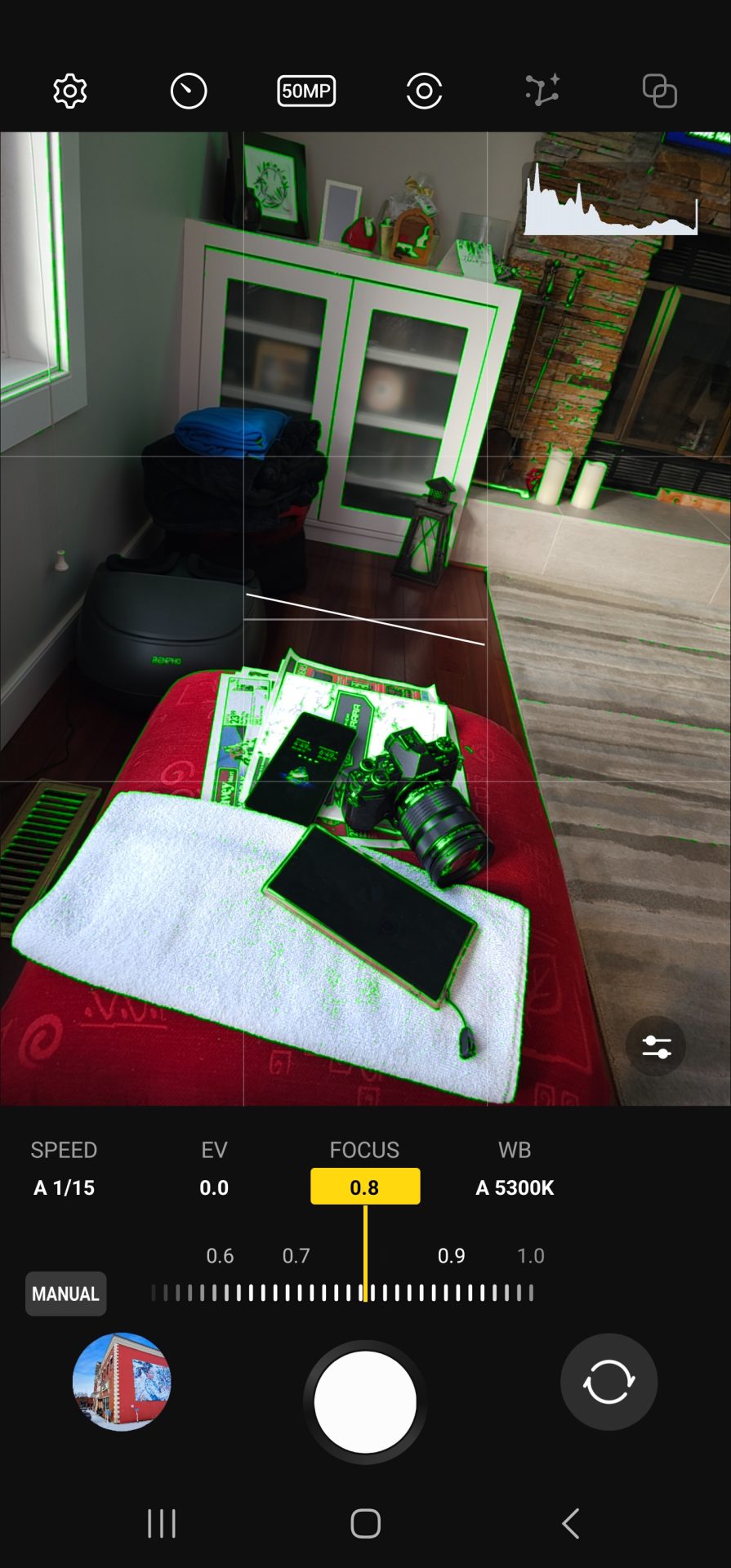
Downloadable in previous S series phones, the included Expert Raw features focus preview when composing.
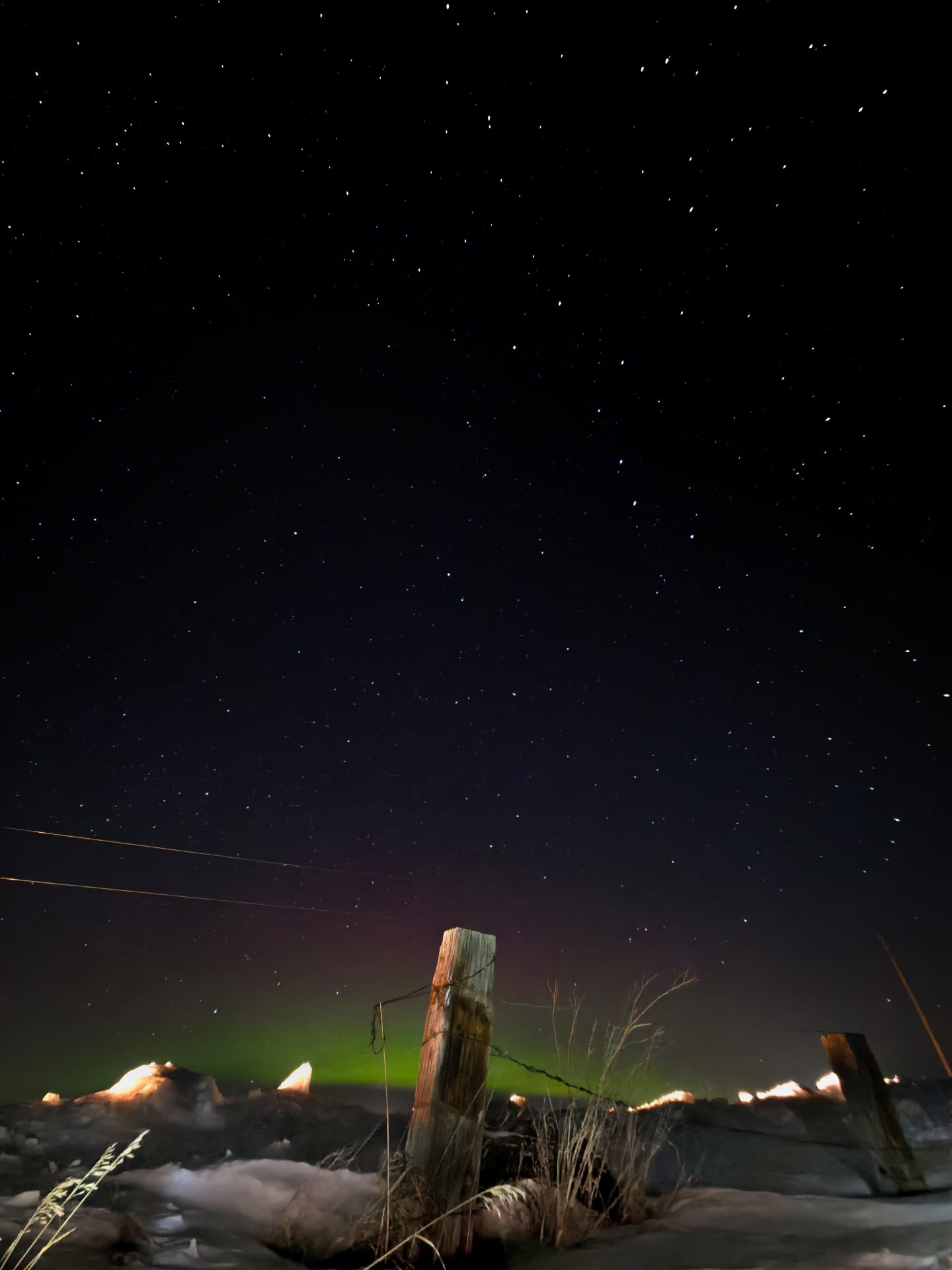
Expert Raw at its best capturing and editing a high contrast starry night with the foreground lit by my car lights. It features 50MP 1-to-6X zoom or 12MP Ultra Wide to 6X zoom pictured here. Check it out…no digital noise!

Quick grab shot from my car of a neighbour’s hilarious annual snow sculpture on 10X optical zoom.
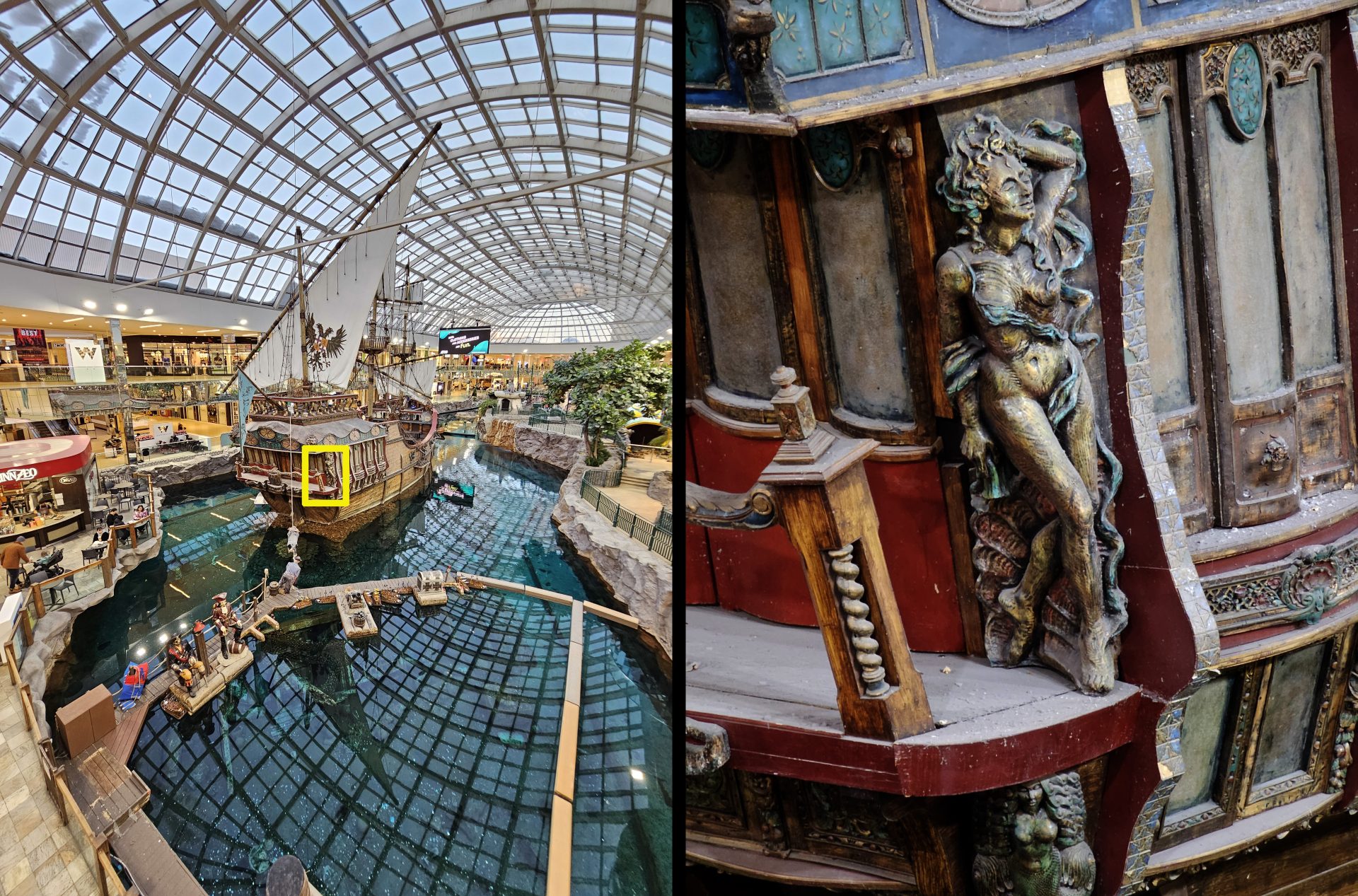
From Ultra Wide to left, to 10X optical zoom with stunning detail at West Edmonton Mall.
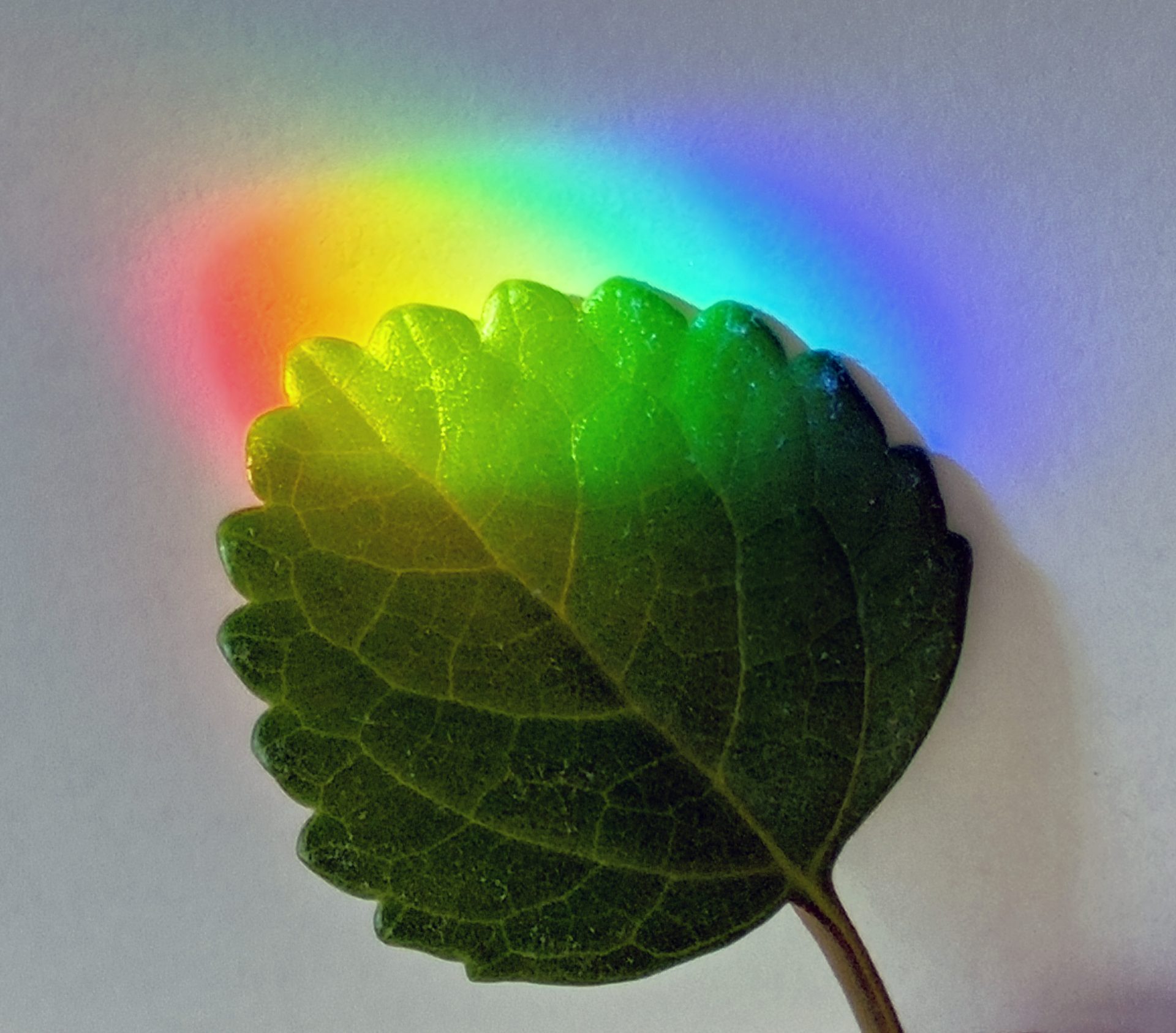
A sublime macro shoot of a lone leaf highlighted by a light prism shot in 50MP mode.
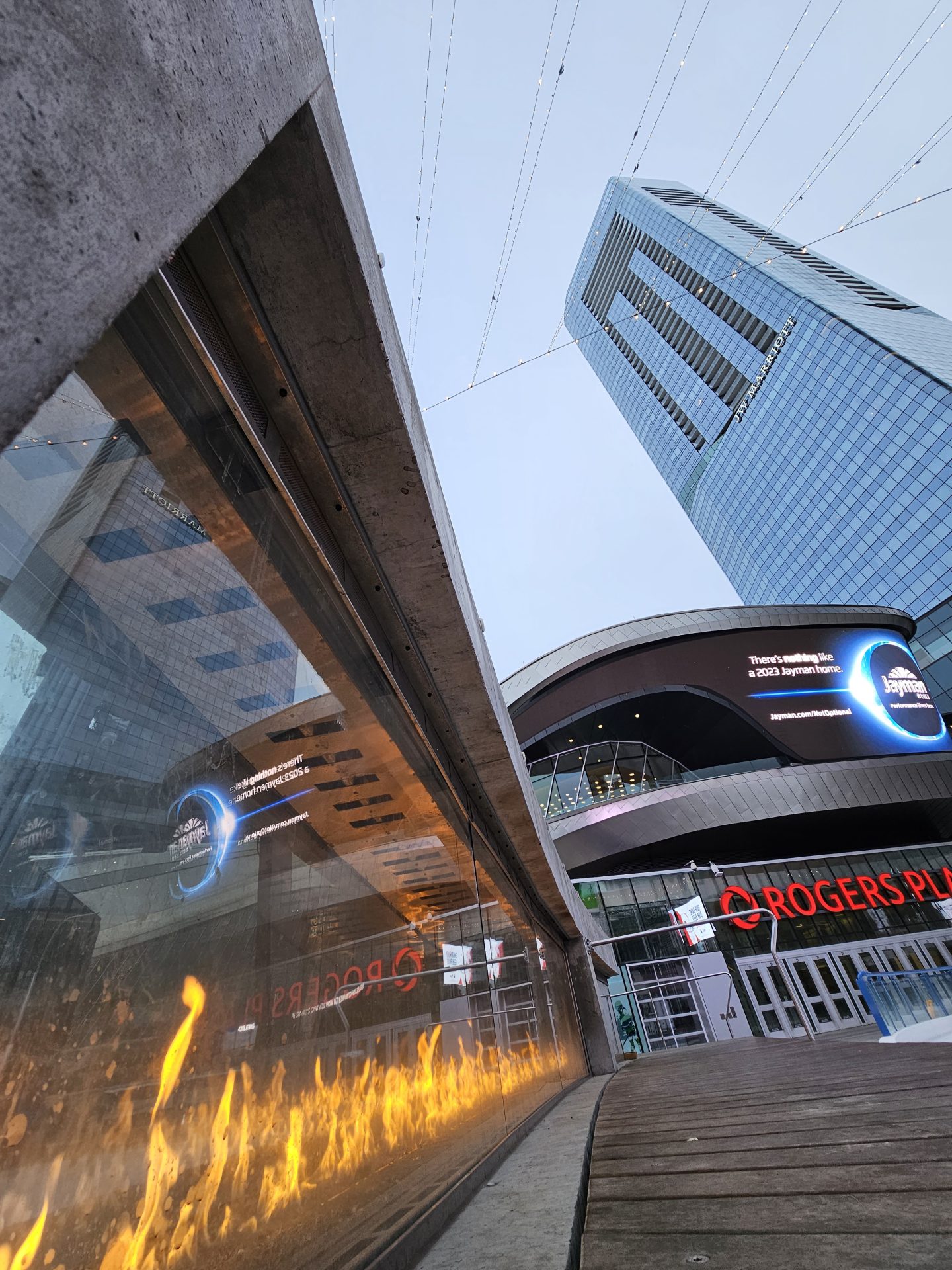
Ant’s view ultra wide photography offers fresh perspectives like the heated outdoor skating bench at Edmonton’s Ice District
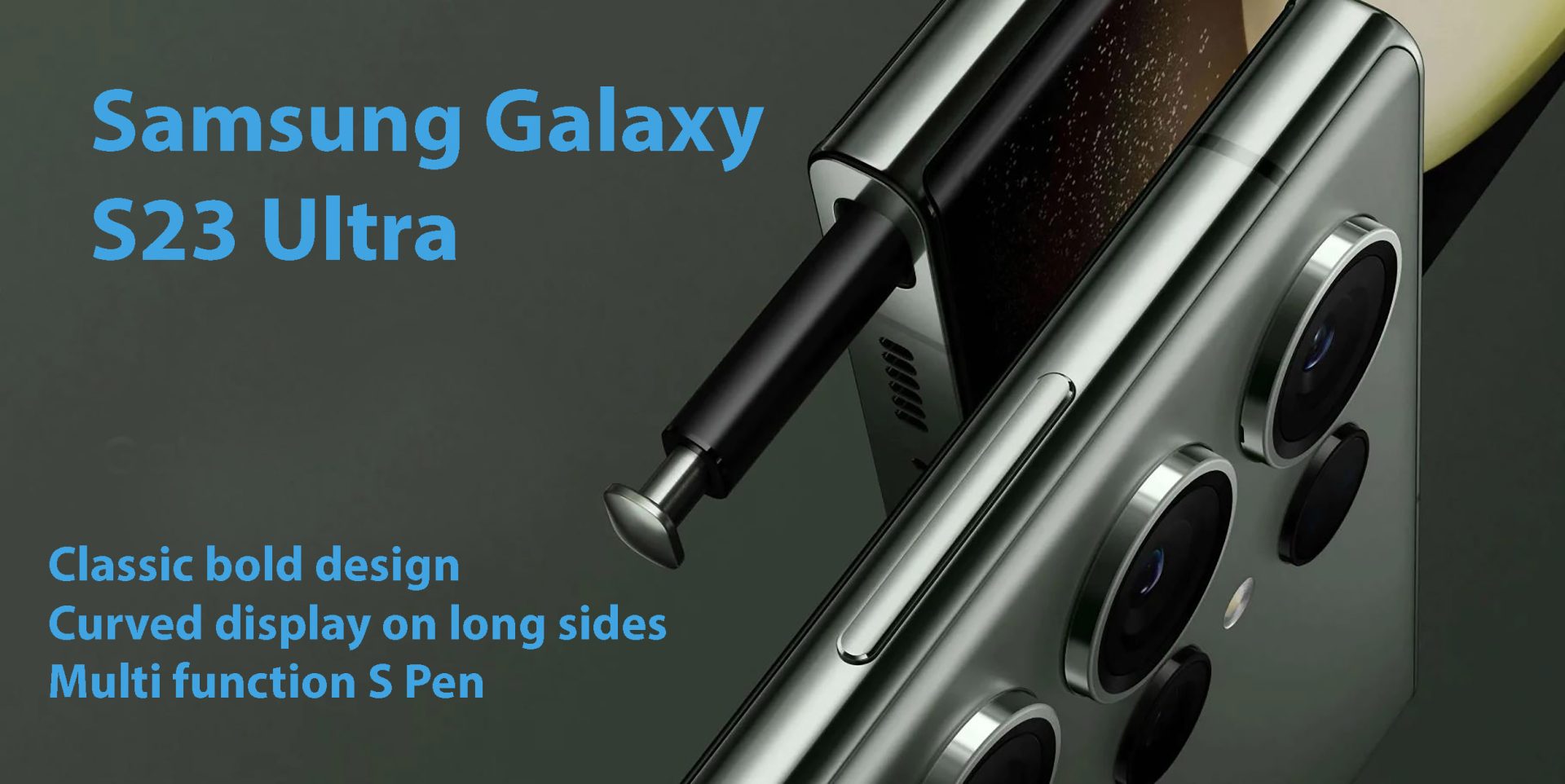
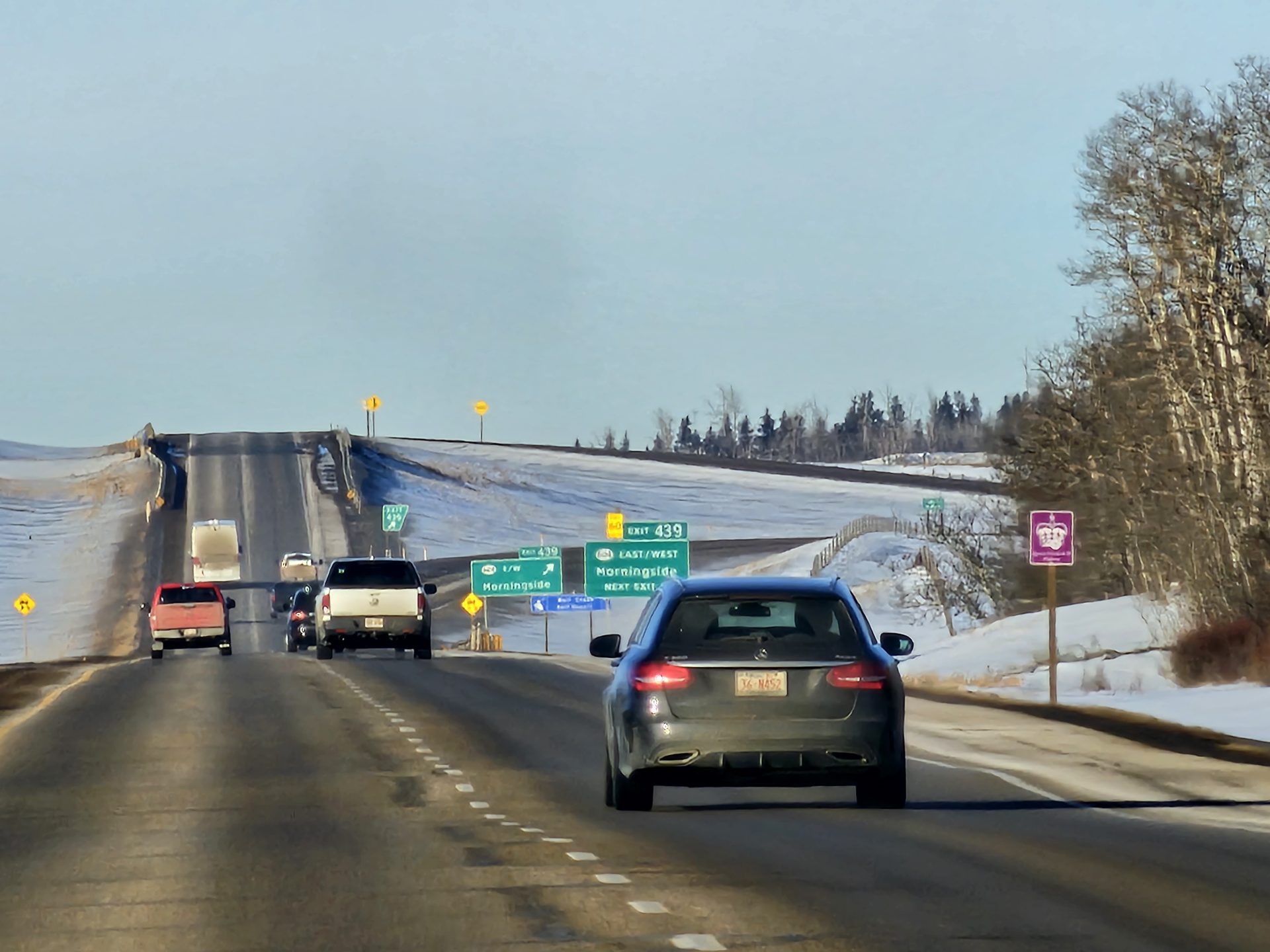
10X optical zoom compresses so much depth on the highway
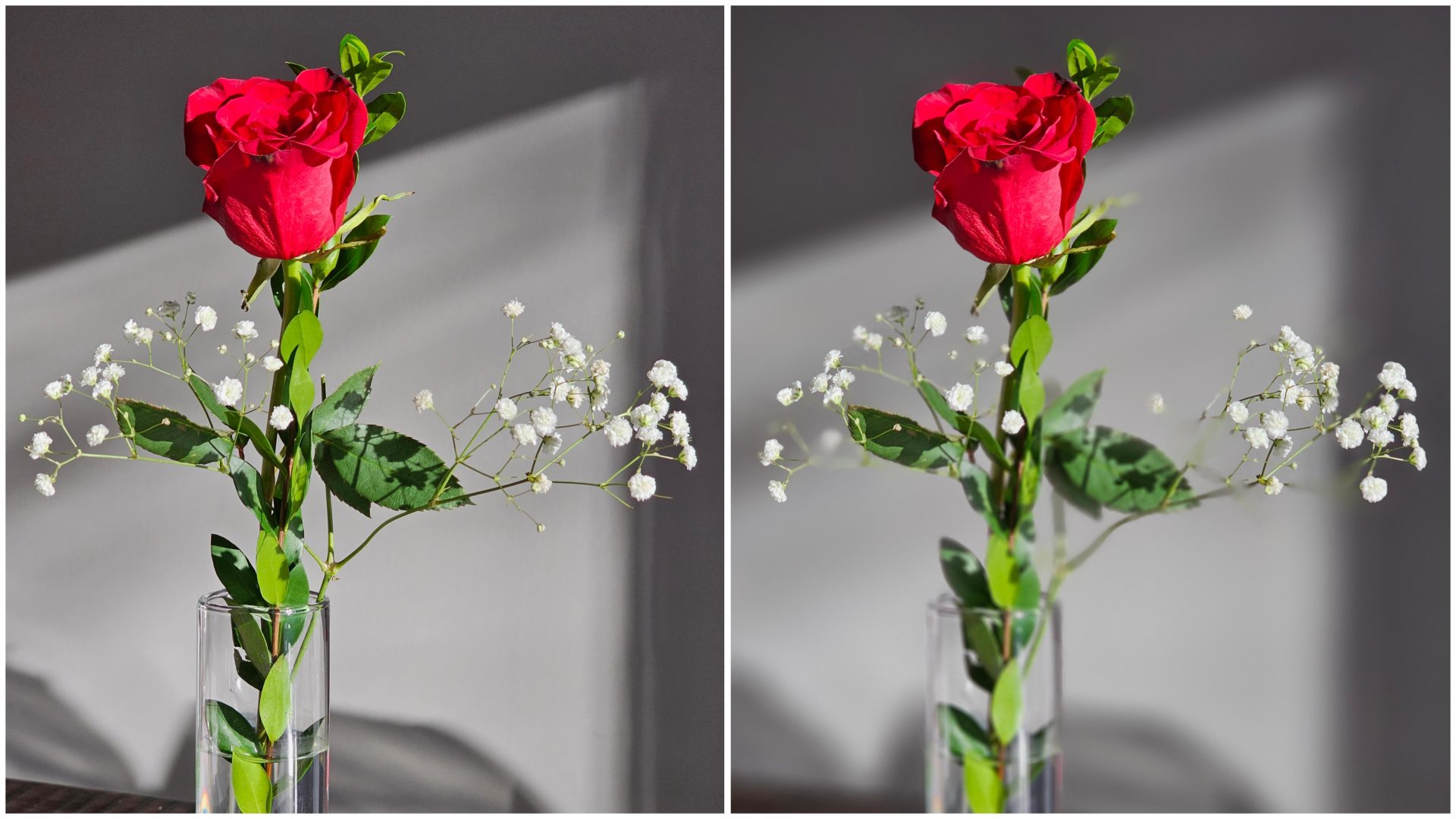
Excellent Bokeh effect with attention to detail.
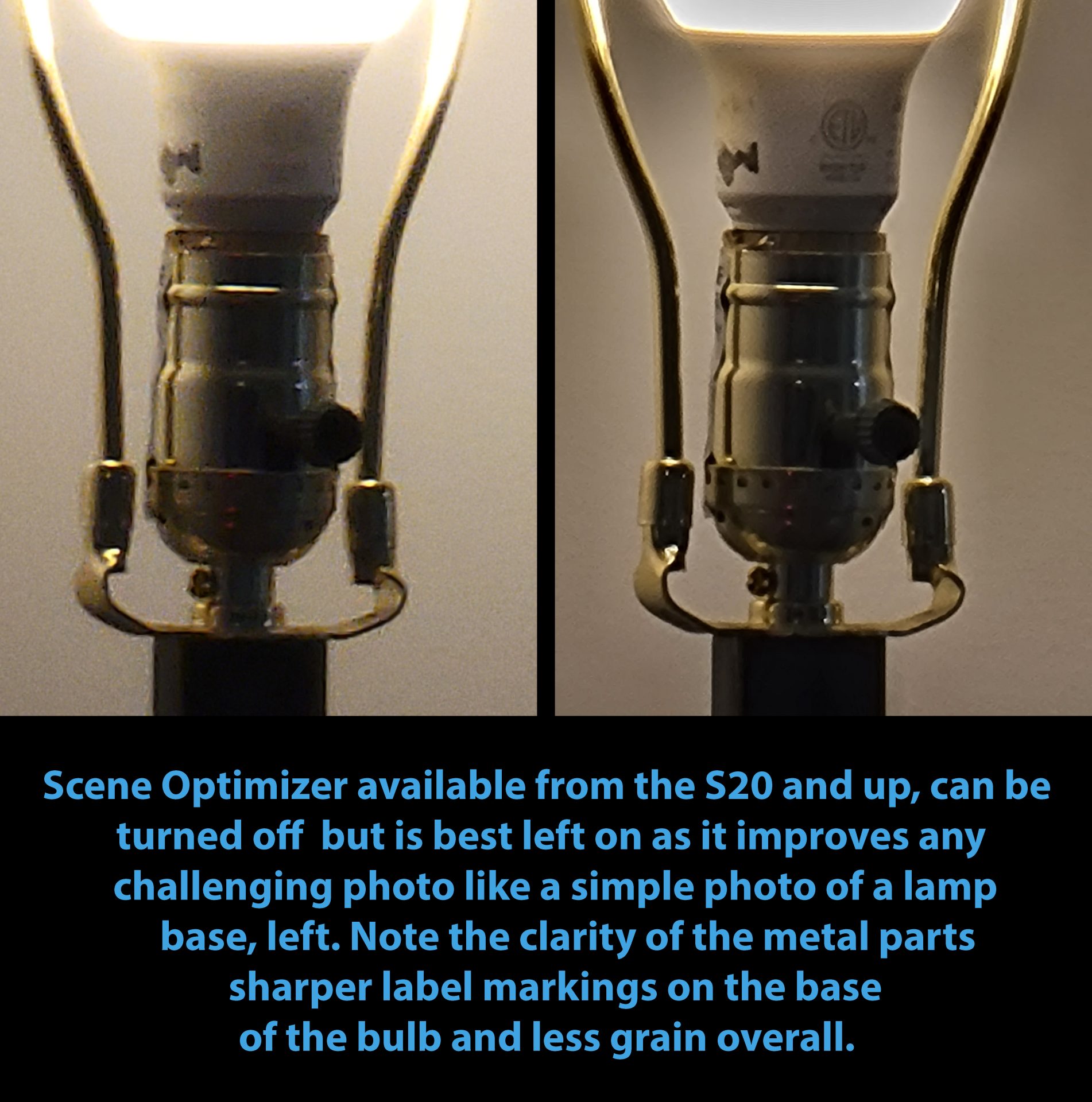
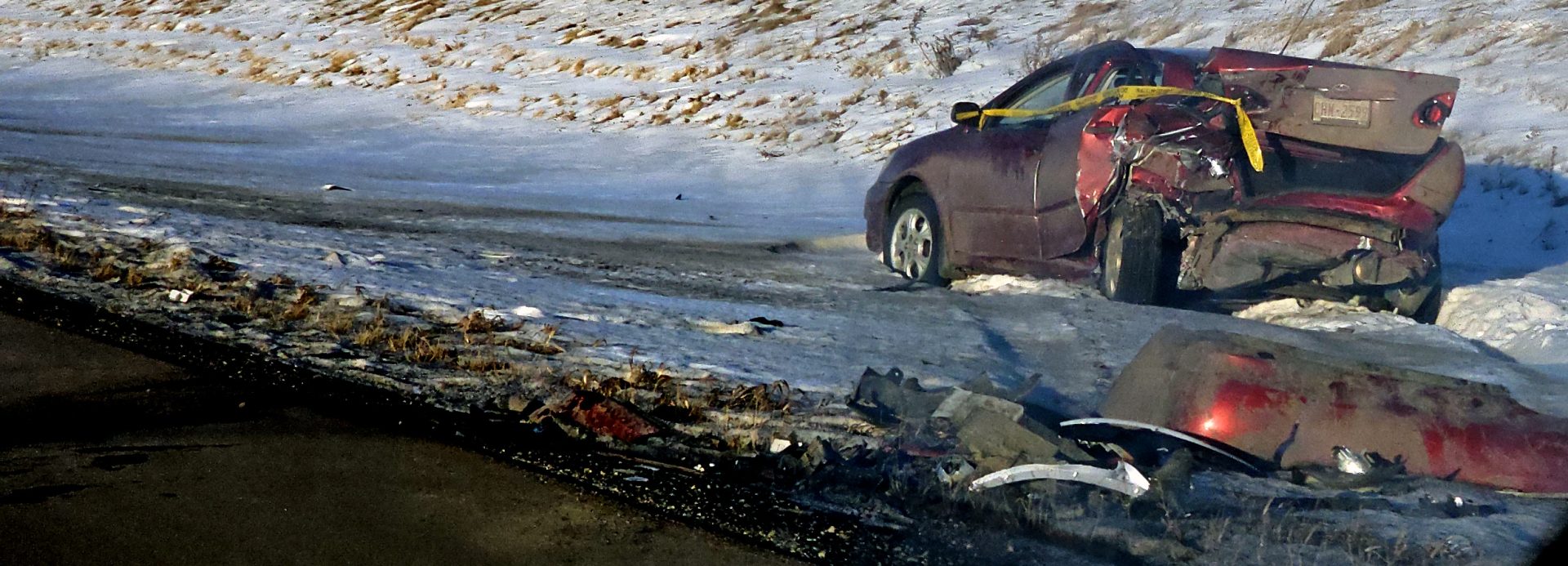
This looks worse than what it is after a multi-car accident on the highway to Edmonton from Calgary. It was shot in 10X optical zoom from our moving car in rapid photo mode faster than 30fps.
Visual Comparisons With Competitors
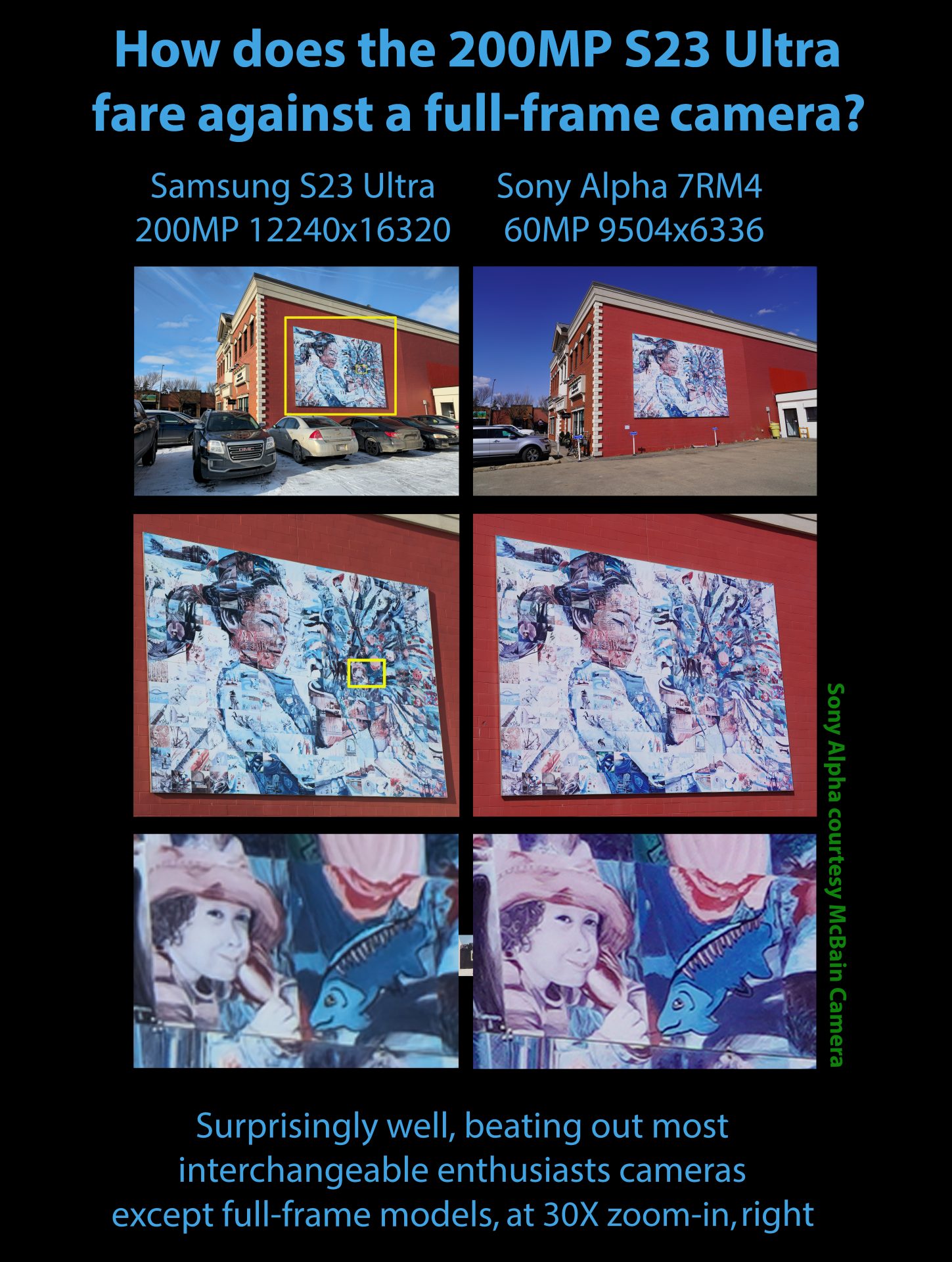
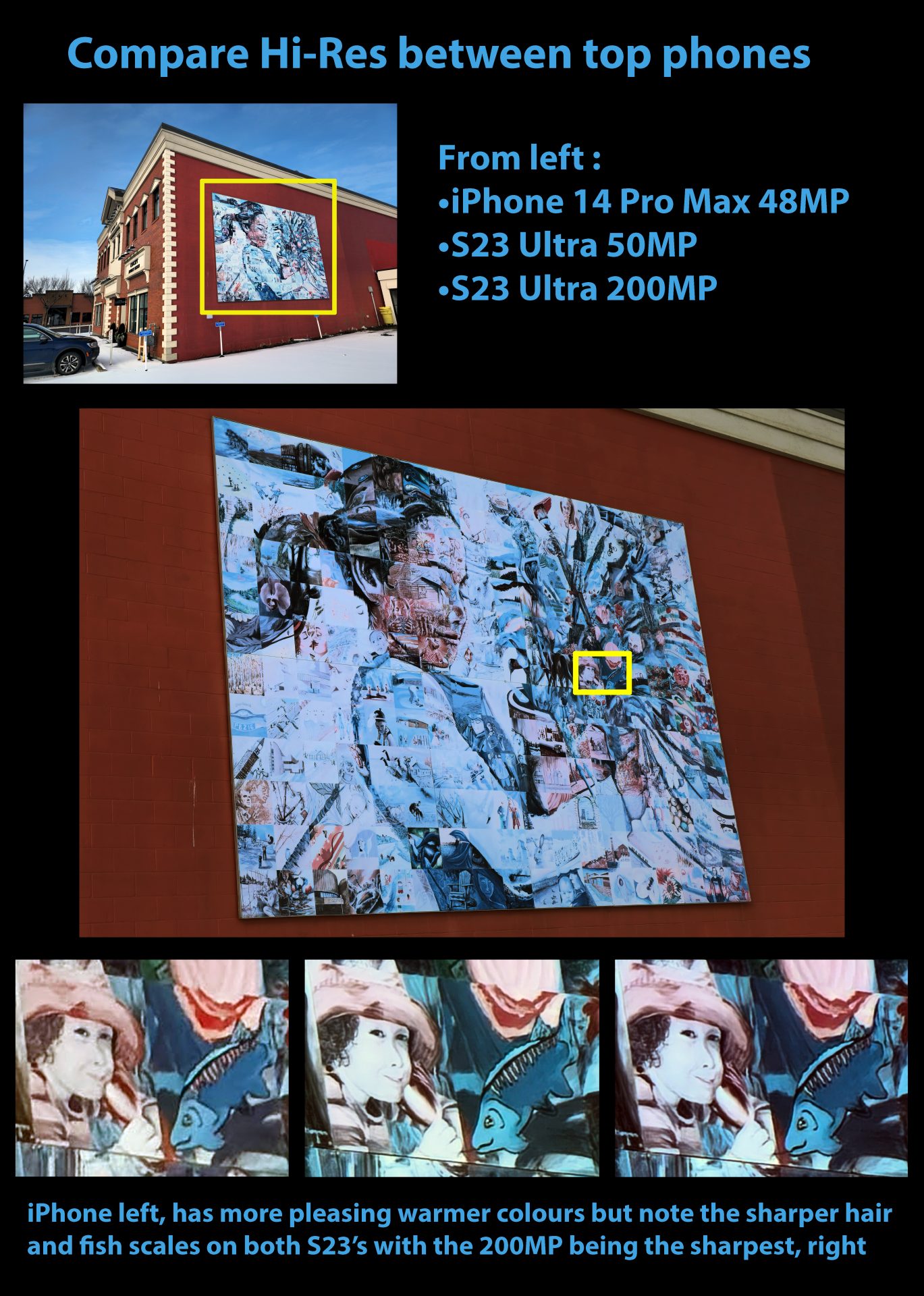
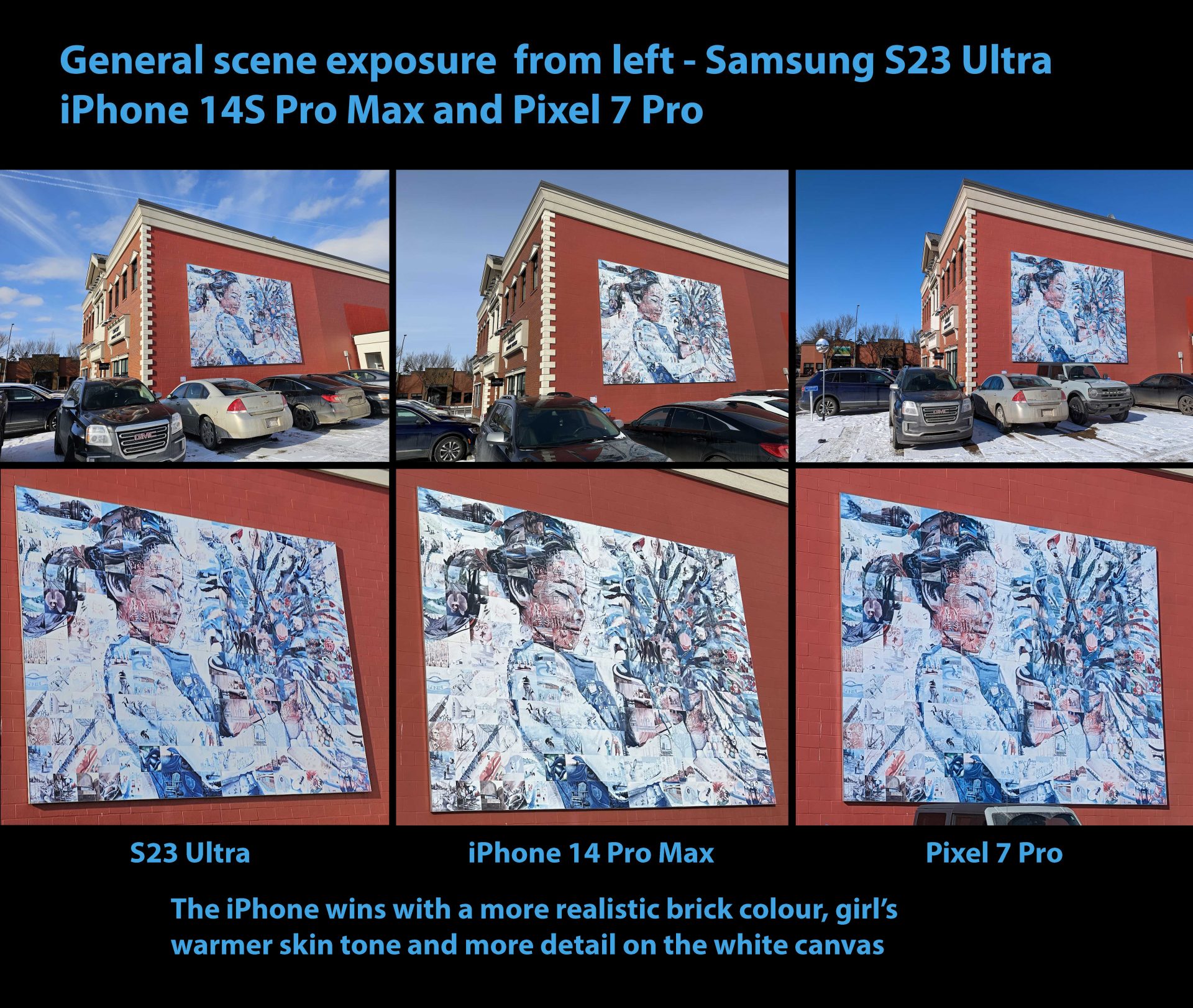
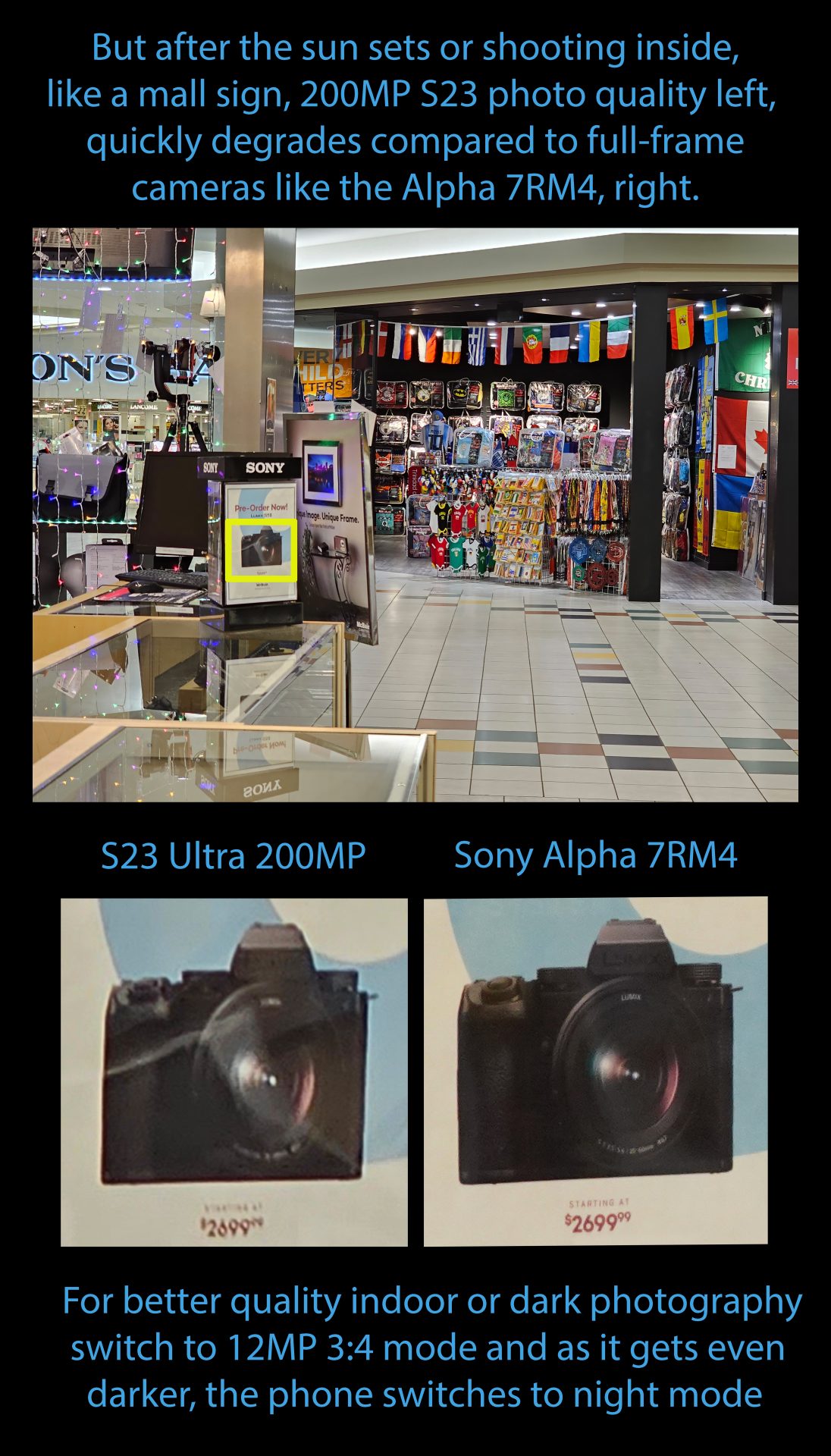
The S23 Series Photography Feats After the Sun Sets
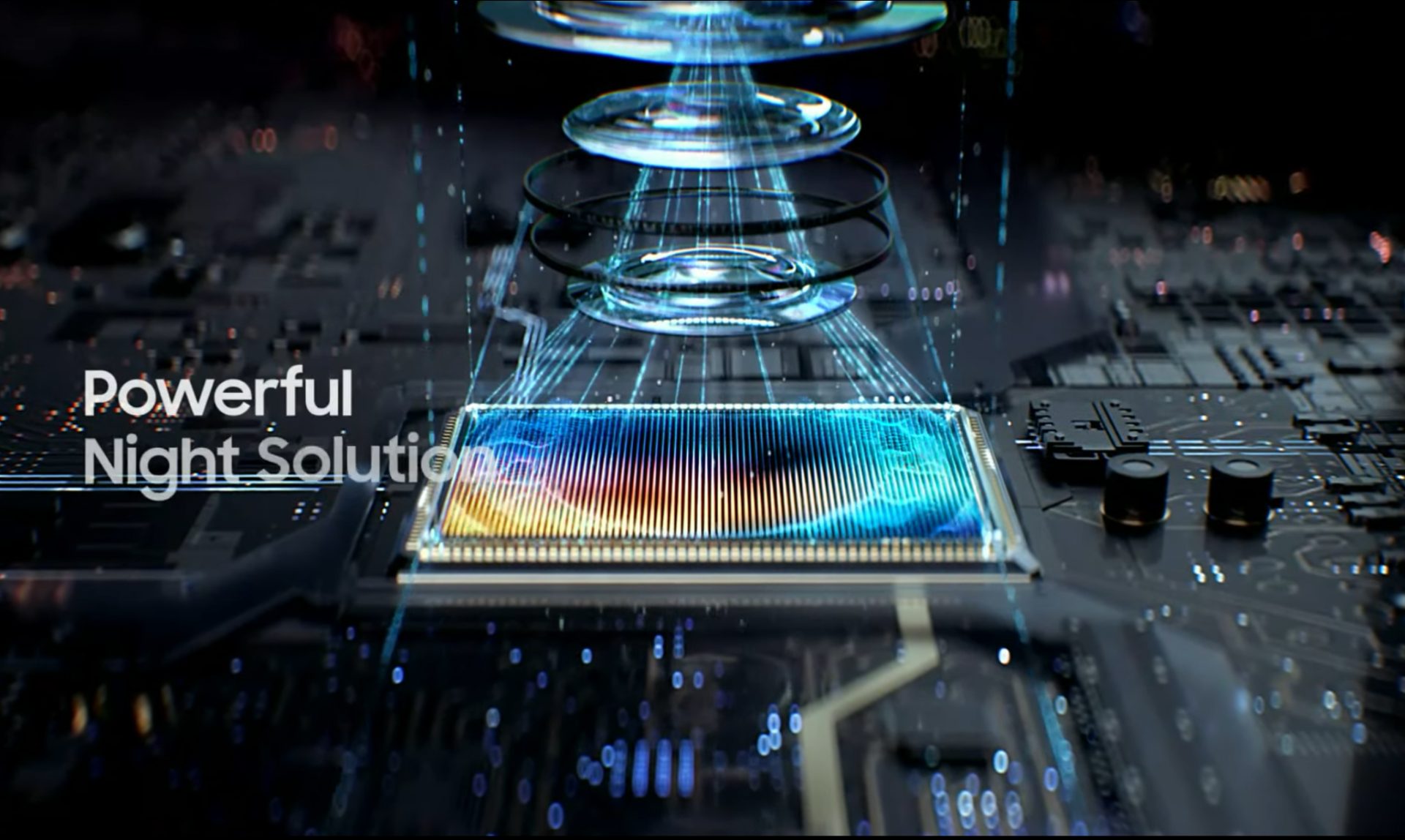
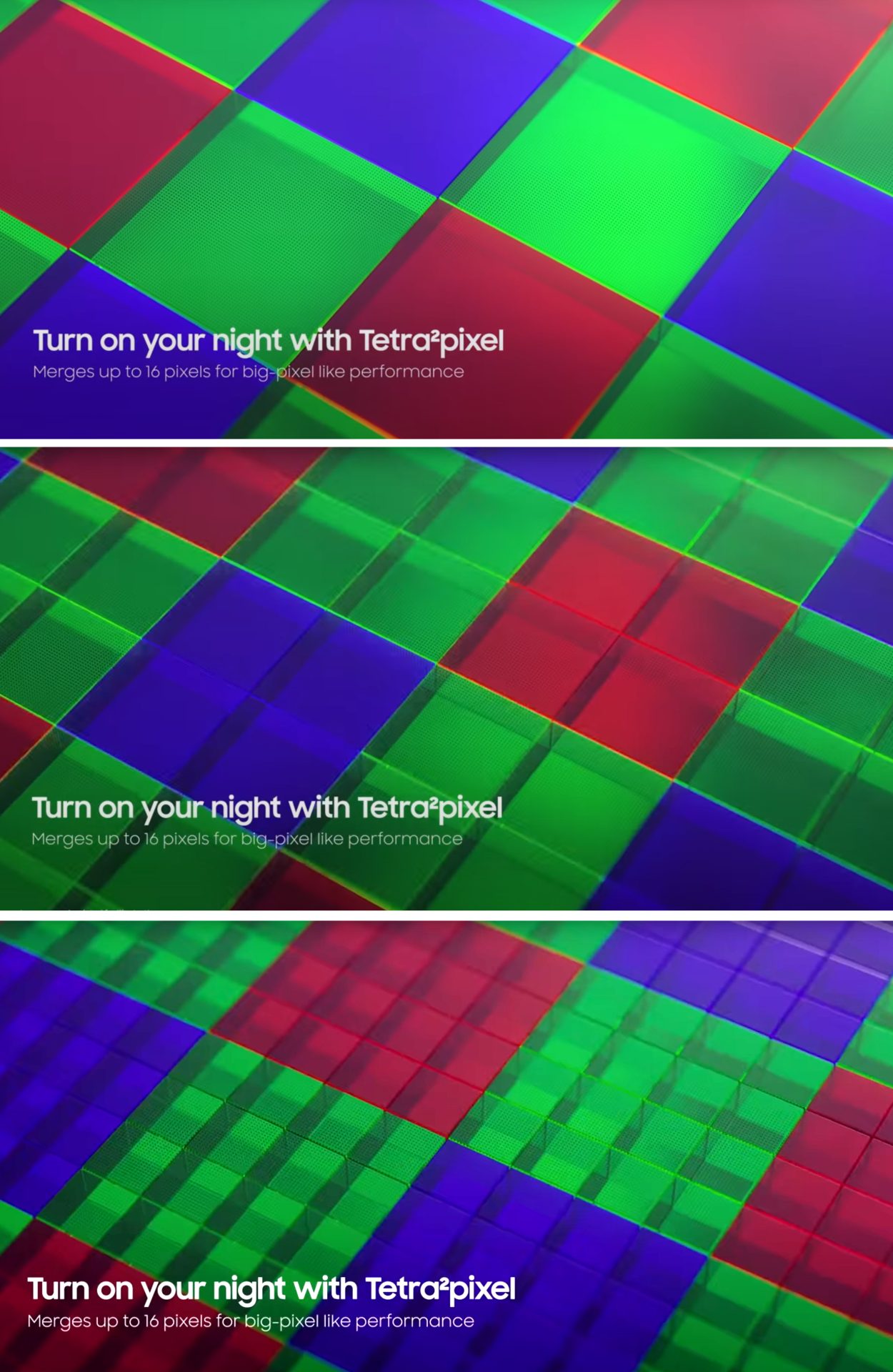
New new Adaptive Pixel technology combines 16 sensor pixels above, in one larger one reducing the 200 MP camera photo to a 12 MP effectively with much larger sensors yielding more clear photos with better colours and less noise especially in dark scenes. below.
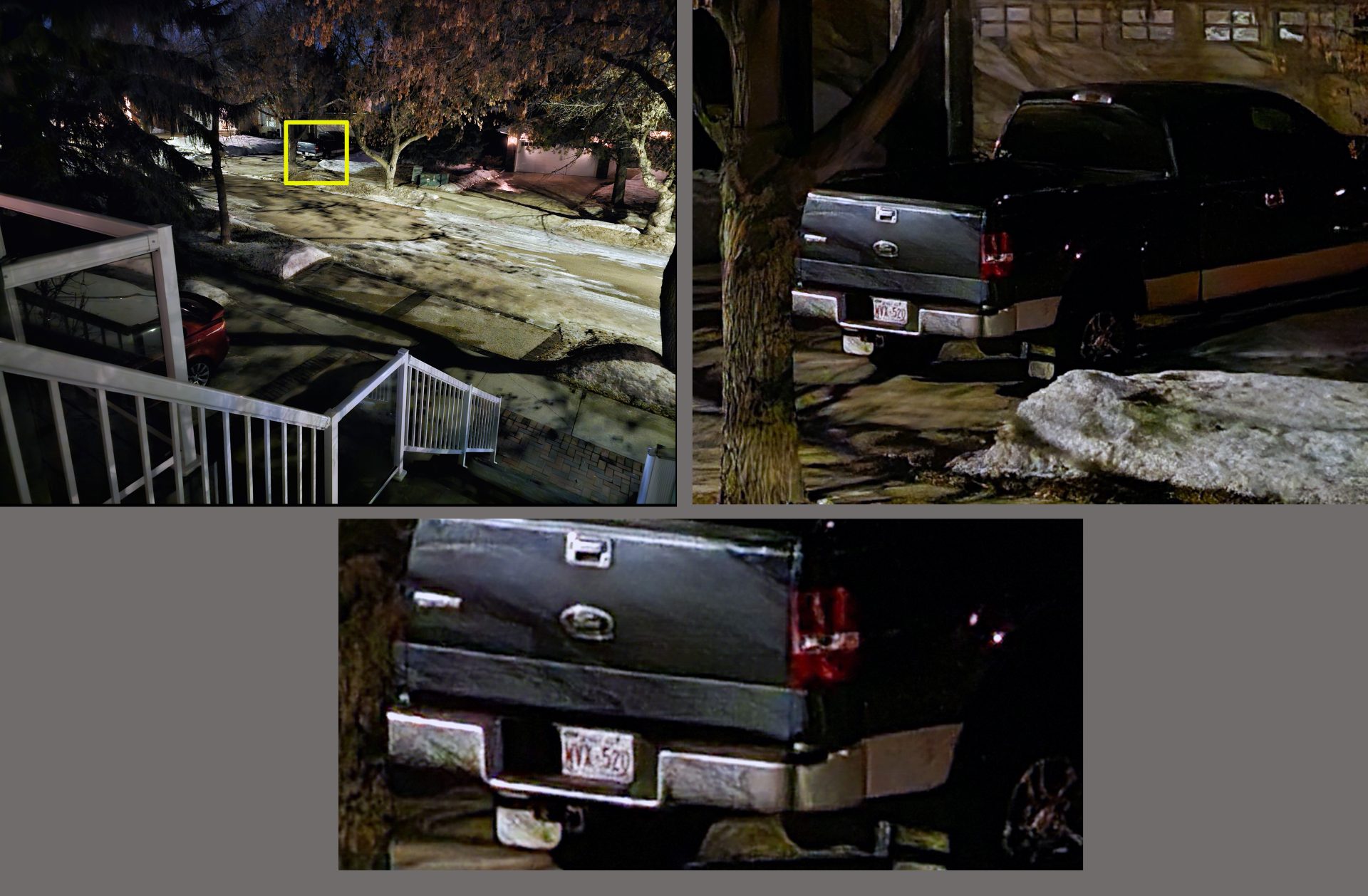
Night photography excels with much reduced digital noise and increased clarity in handheld photography in the dark.
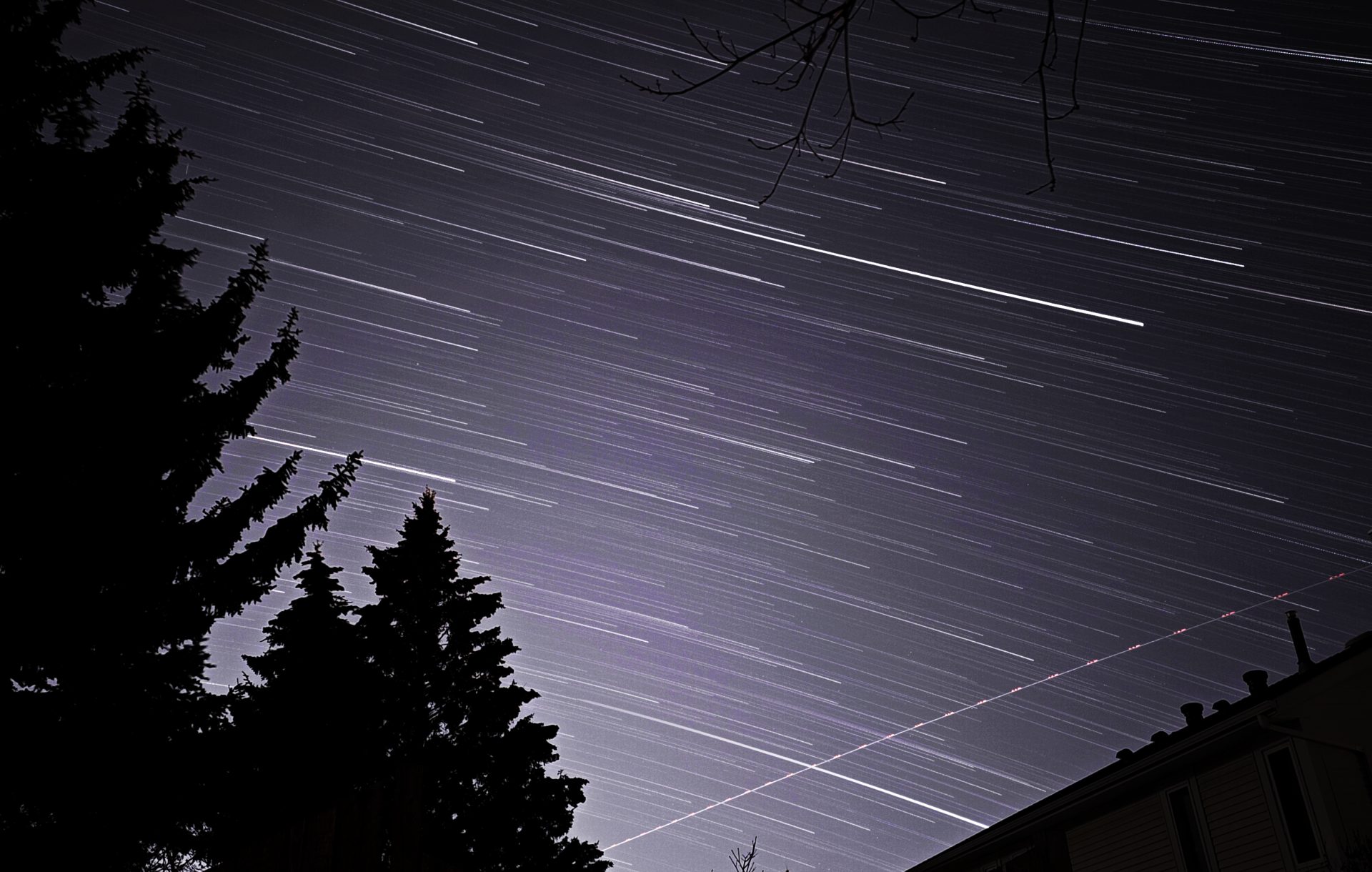
Hyperlapse captures clear star movements, comets and jetliner trails.
Samsung’s Space Zoom Moon Controversy
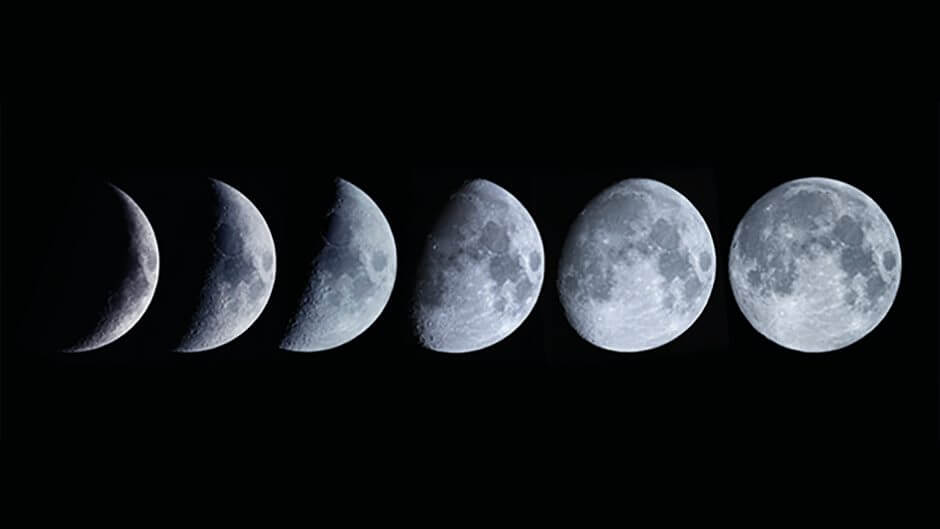
A recent post on Reddit by user ibreakphotos asserting “Samsung space zoom photos are fake” got a lot of online traction with discussions among consumers, tech, and photography sites, even Samsung itself. The Reddit posting showed how pointing an S23 Ultra camera at a fuzzy moon photo on a laptop screen in a dark room tricked the camera phone into producing the same impressive moon photo users get when shooting our largest natural satellite outside on the same phone. ibreakphotos even placed a pure grey square on the same fuzzy moon surface, and that too got filled with moon detail. What?
This latest “moongate” saga is not new, but ibreakphotos’ recent “fake” bold assertion raised eyebrows. Samsung chimed in insisting it does not overlay a better picture on top of the camera’s moon picture to produce the much-improved moon “image”.
Samsung reposted a detailed explanation on how the moon “image” is taken https://www.samsungmobilepress.com/feature-stories/how-samsung-galaxy-cameras-combine-super-resolution-technologies-with-ai-technology-to-produce-high-quality-images-of-the-moon/ this time in English translated from the previously posted Korean version. It covers all the AI technologies (since the S21 series) and only happens when the user has Samsung’s Scene Optimizer which also does an impressive non-controversial job on challenging everyday photos.
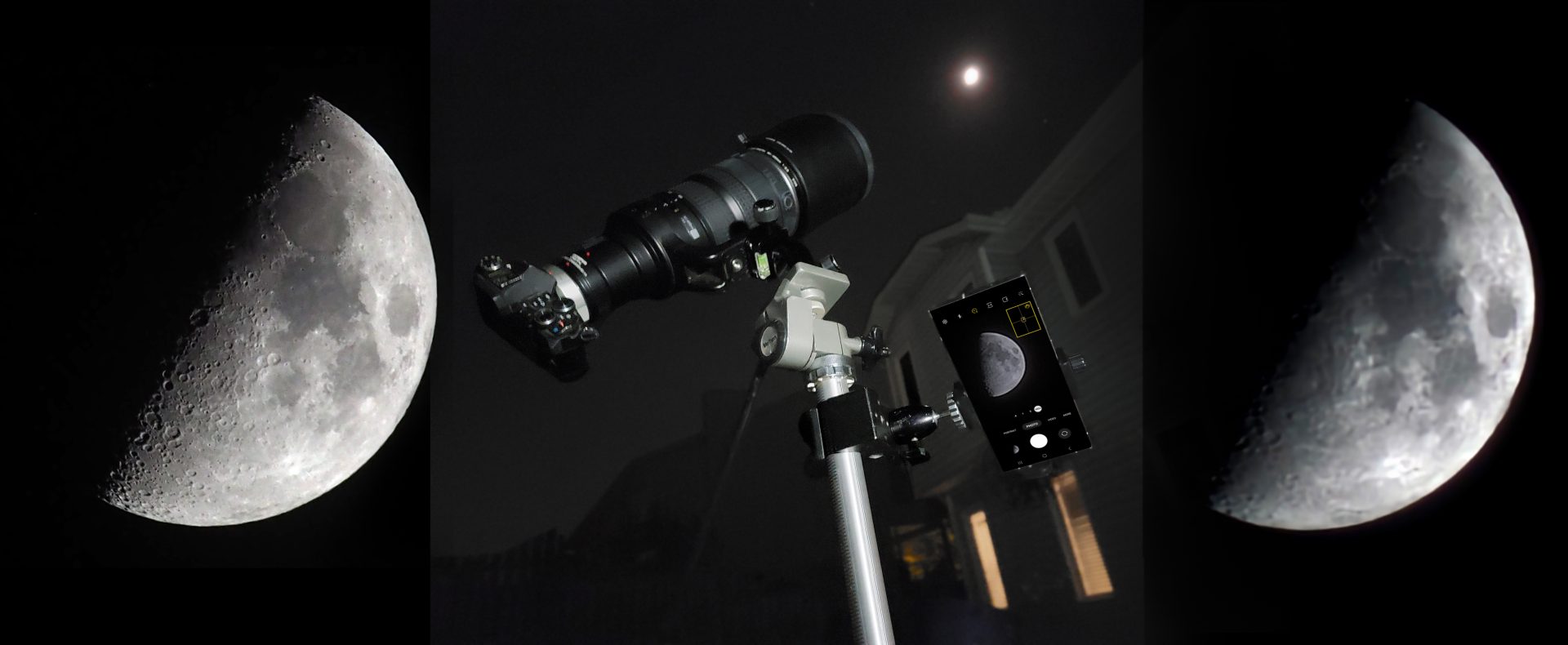
It should be noted that this entire moon image capture sequence is reserved only for Space Zoom moon photos. Interestingly it starts before you even press anything on your screen. Just centre the moon at 25% or more zoom and the following happens:
- AI recognition of the moon, its phase and from where you are looking at it
- It tones down the brightness and shows a focused rough texture shape with little detail
- As focus lock and image stabilization kick in, you are prompted to take the picture
- The camera re-checks the early moon image matching it to its AI trained database
- About a dozen rapid exposures are taken for more image detail resulting in improved imaging
- Soon a final enhancement with more accurate shadows completes the capture.
This whole process takes several seconds. Here are the officially named Samsung processes that take place, in order:
- AI deep learning model moon object recognition
- Brightness Control Process
- Zoom Lock
- OIS (Optical Image Stabilization) and VDIS (Video Digital Image Stabilization)
- Super Resolution’s multi-frame composition
- AI Detail Enhancement Engine using Convolution Neural Network (CNN) technology https://en.wikipedia.org/wiki/Learning_curve_(machine_learning)
I screen captured these stages at 120fps in a short video (which includes a five second shutter timer) and summary graphic below.

Is the Moon Image Fake or Real?
I repeated the post on Reddit experiments with the same results and a few more of my own:
- Turned the same fuzzy photo on its side on the PC screen resulting in a similar detailed moon image…on its side
- Replaced the PC screen photo with a moon’s backside photo we never see. The result was unusable.
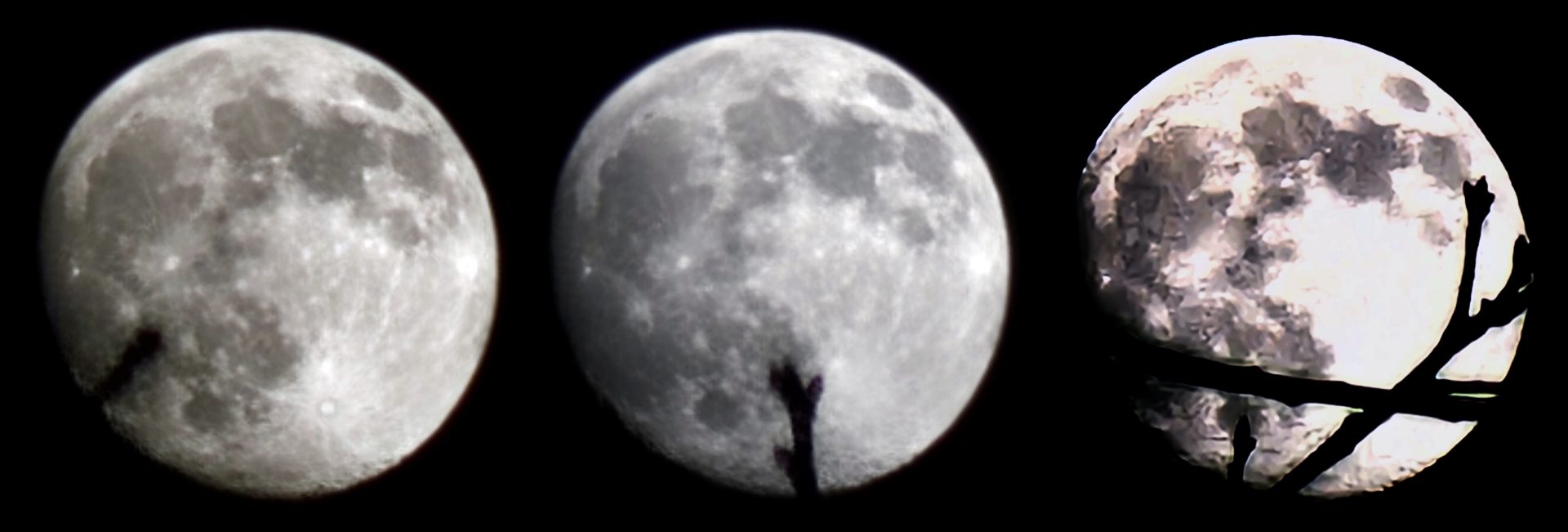
- In real shooting outside above, I made sure small tree branches were in front of the moon. The result was the same detailed moon image with the shadowed branches but failed to process the moon image when too many branches overwhelmed.
- My most significant test was to compare the S23 Ultra consistency moon image detail against a professional digital camera with a fast 500mm equiv. zoom lens. The pro photos were consistent in detail of even the smallest craters. But the mid-size crater detail (other than the acceptable large Maria sea patches and long meteorite streaks) was barely recognizable with inconsistent shapes, sometimes missing altogether in each sequential frame shot, below.
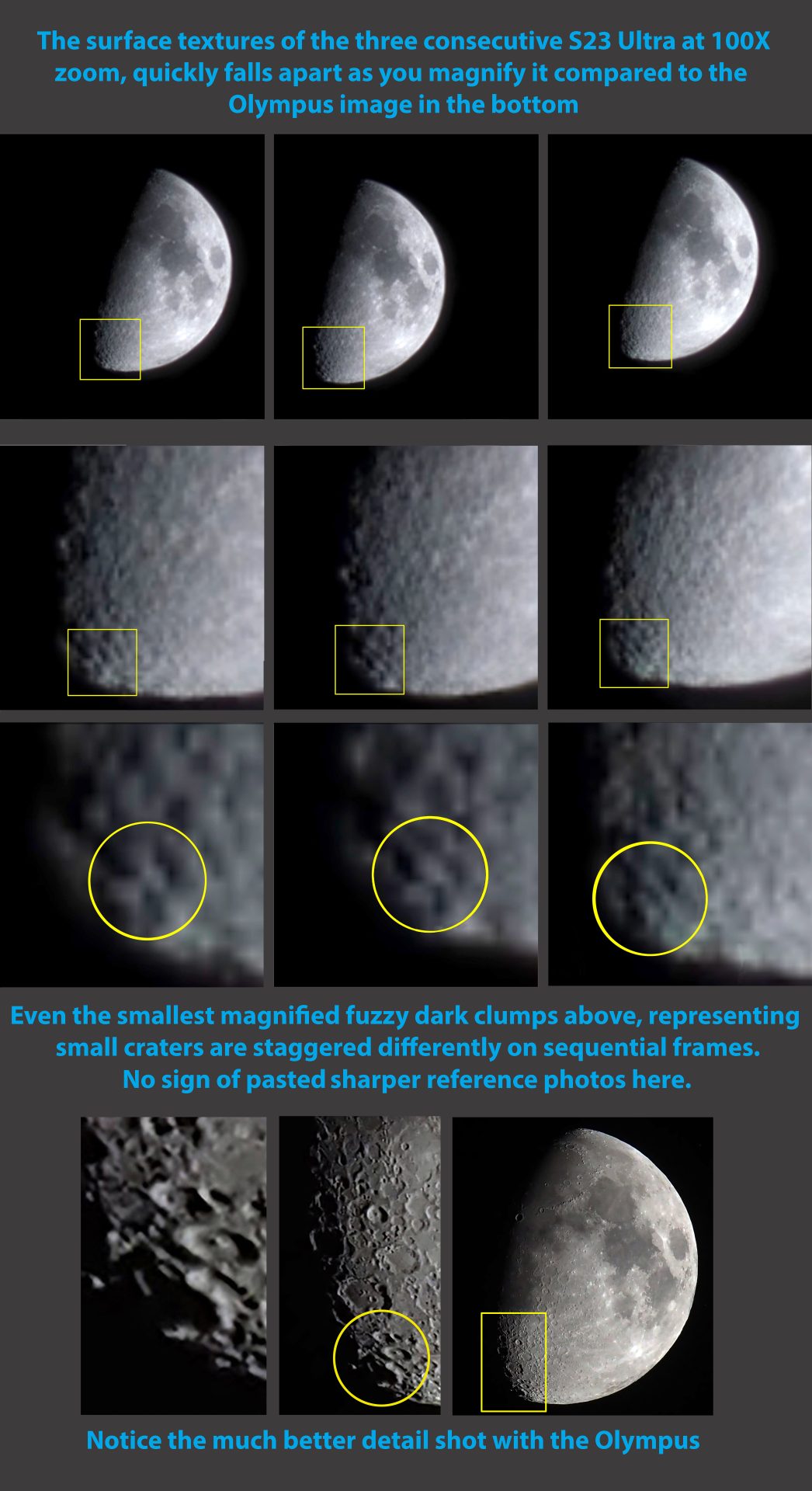
I suspect Samsung’s Convolution Neural Network phase which uses AI to second guess groupings of pixels in a photo, invisible to the eye, has a randomness that does not give the exact same result – in this case the fuzzy craters – showing variations in the crater grouping every time a picture is taken. This is far more sophisticated than Reddit ibreakphotos fake moon photo claims.
It should be noted that the S23 Ultra moon images are similar to the S22 and S21 images in detail texture quality, which overall, after first impressions, are inferior to what consumers can get with point and shoot fixed long zoom cameras like the Nikon P1000 Coolpix, below.
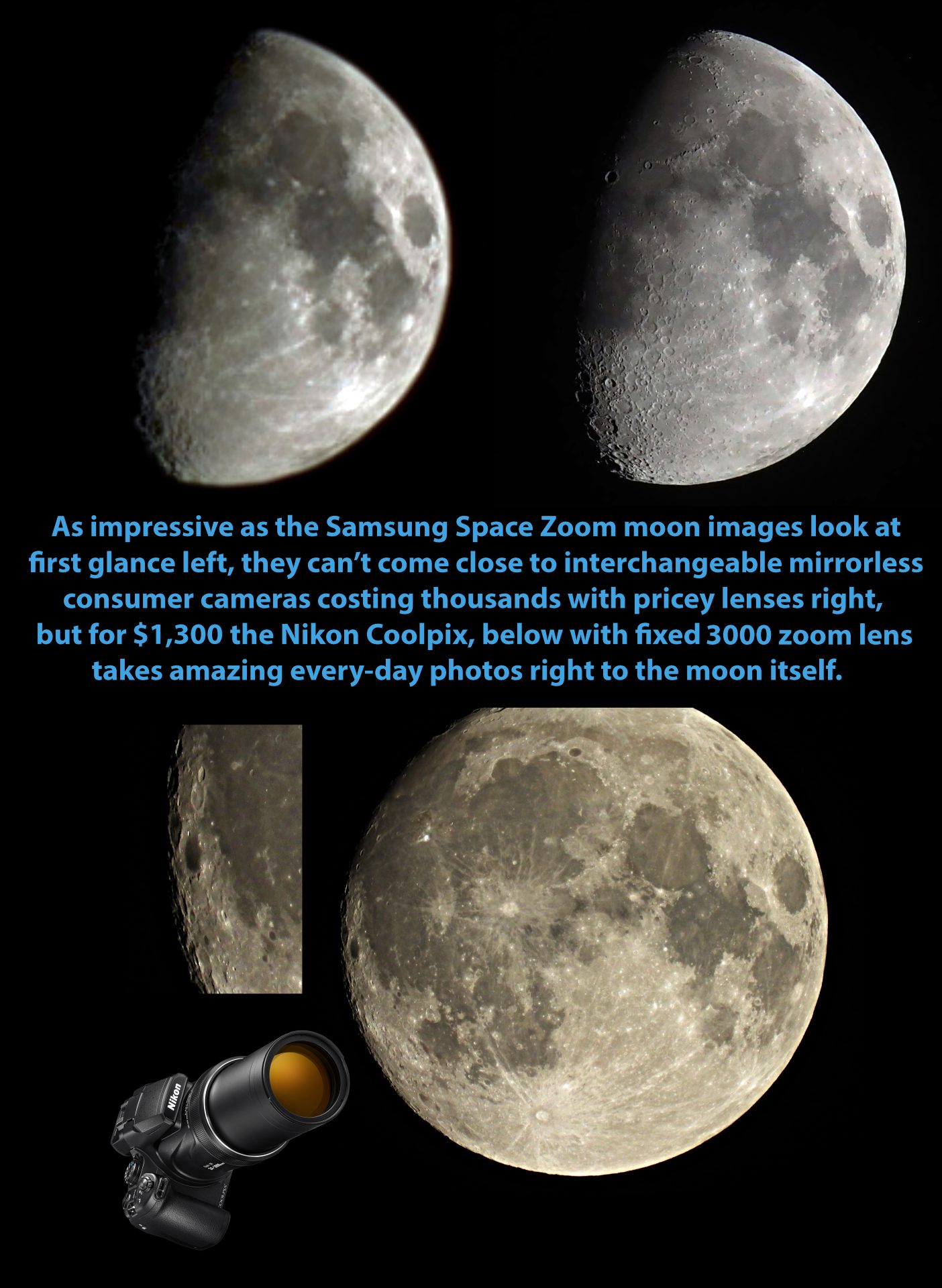
Samsung recently replied to several tech outlets that it does not overlay photos on the original snapped moon image. But the Korean tech giant’s recent post referring to its moon “image” not picture or photo and its closing paragraph in the post is telling:
“Samsung continues to improve Scene Optimizer to reduce any potential confusion that may occur between the act of taking a picture of the real moon and an image of the moon.”
Additionally, in the same Samsung post the last illustration showed the final processing stage with a small sharp moon image next to this text: “Reference with high resolution”.
This stage needs more clarification from Samsung on how it is using this “reference with high resolution” moon photo. Circled below.
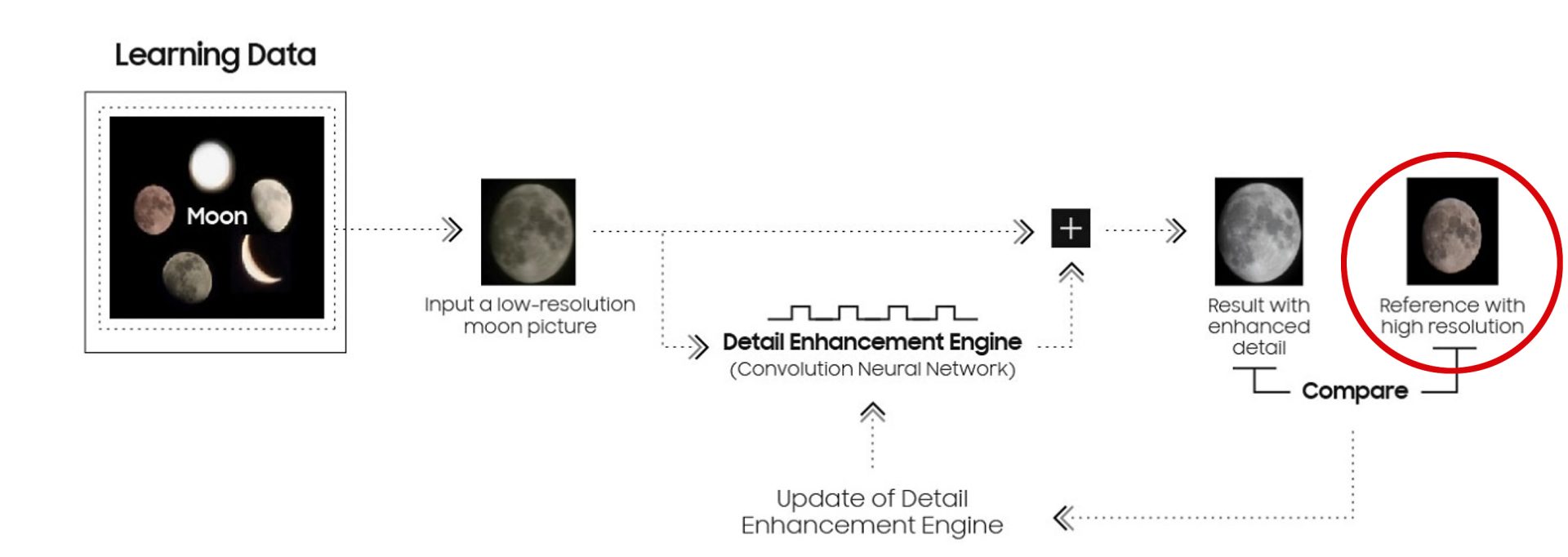
Conclusion
Kudos to Samsung for pushing the envelope more than digital photography is used to. From my testing, I find it difficult to imagine Samsung was overlapping its own moon pictures, mostly due to inconsistent details in subsequent final frames as well as introducing small objects like branches in front of the moon which remained in the final image. Samsung’s passion for the ultimate customer experience – in this case shooting the moon like no other camera phone can – needs more clarification. Otherwise, how can consumers say “look at this moon photo I just got!”





